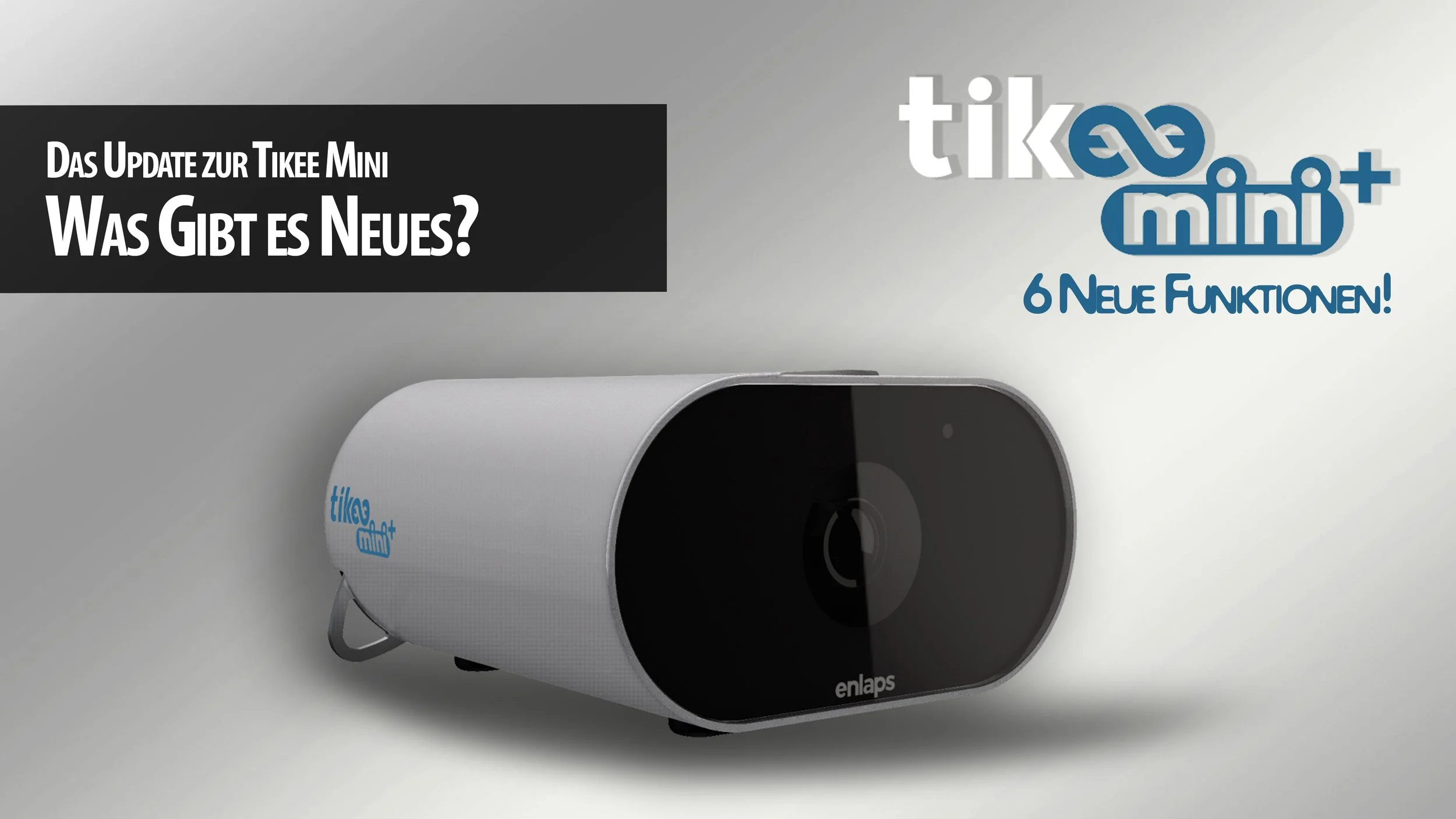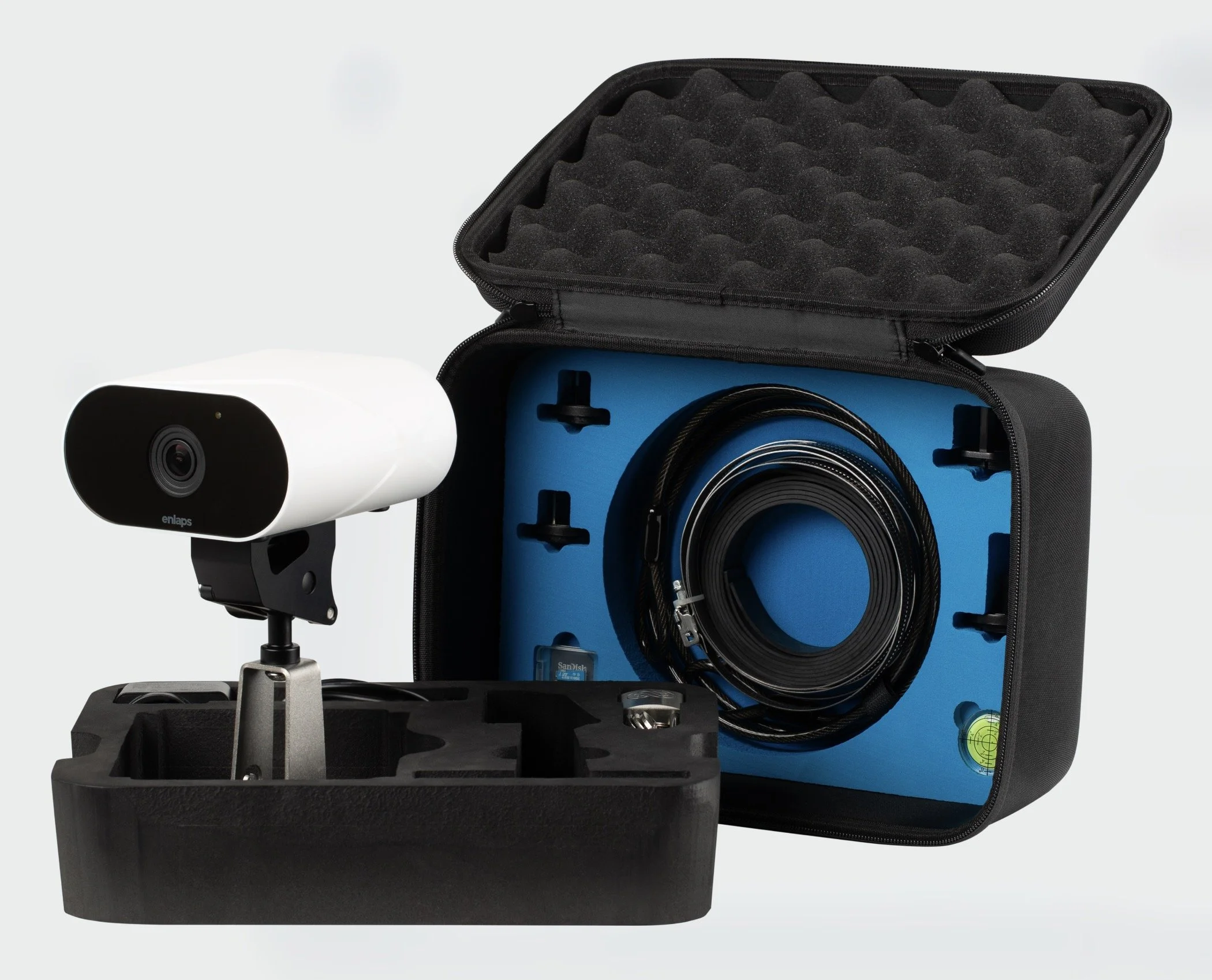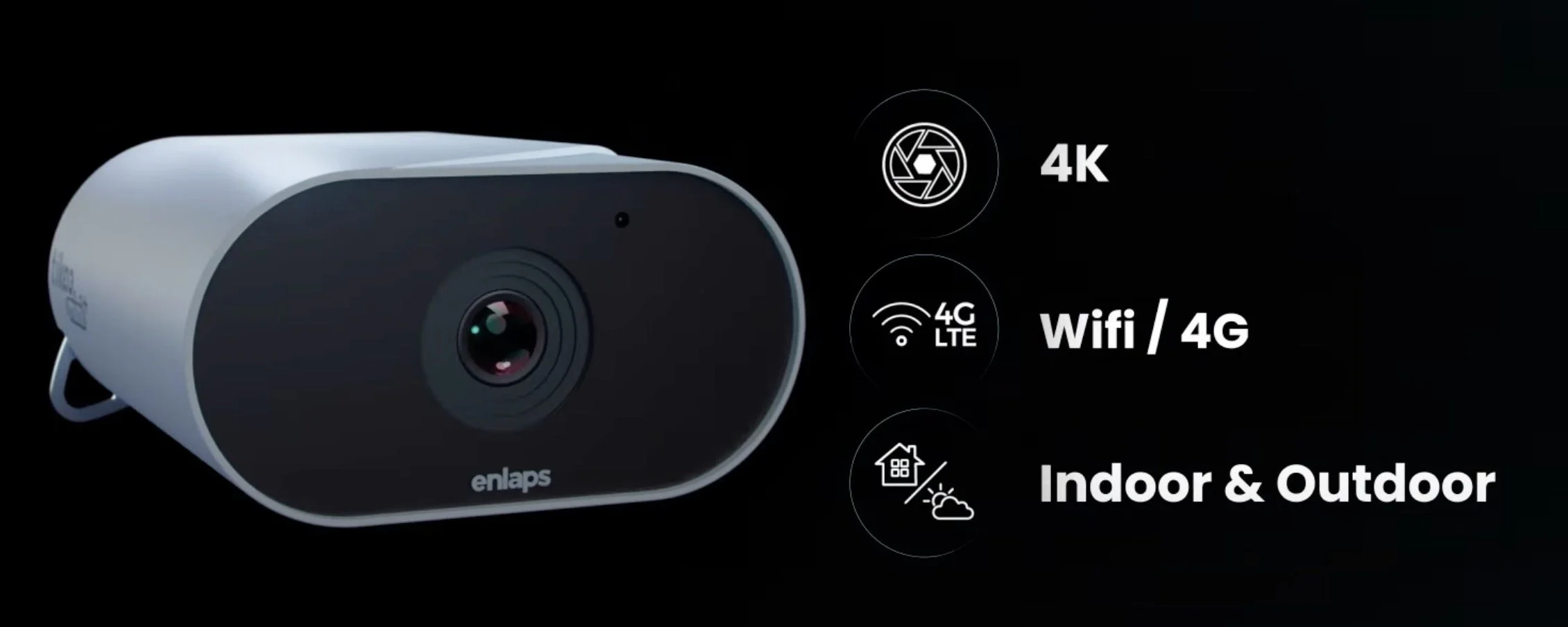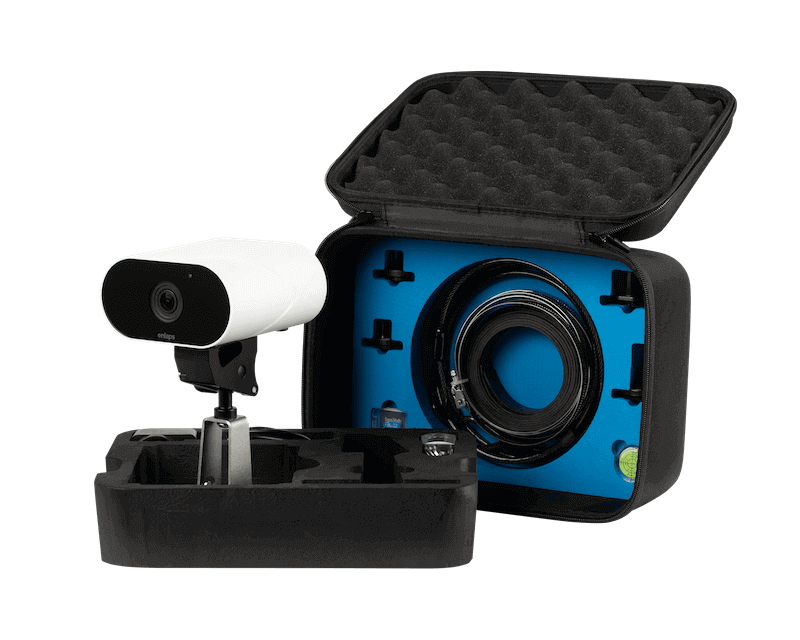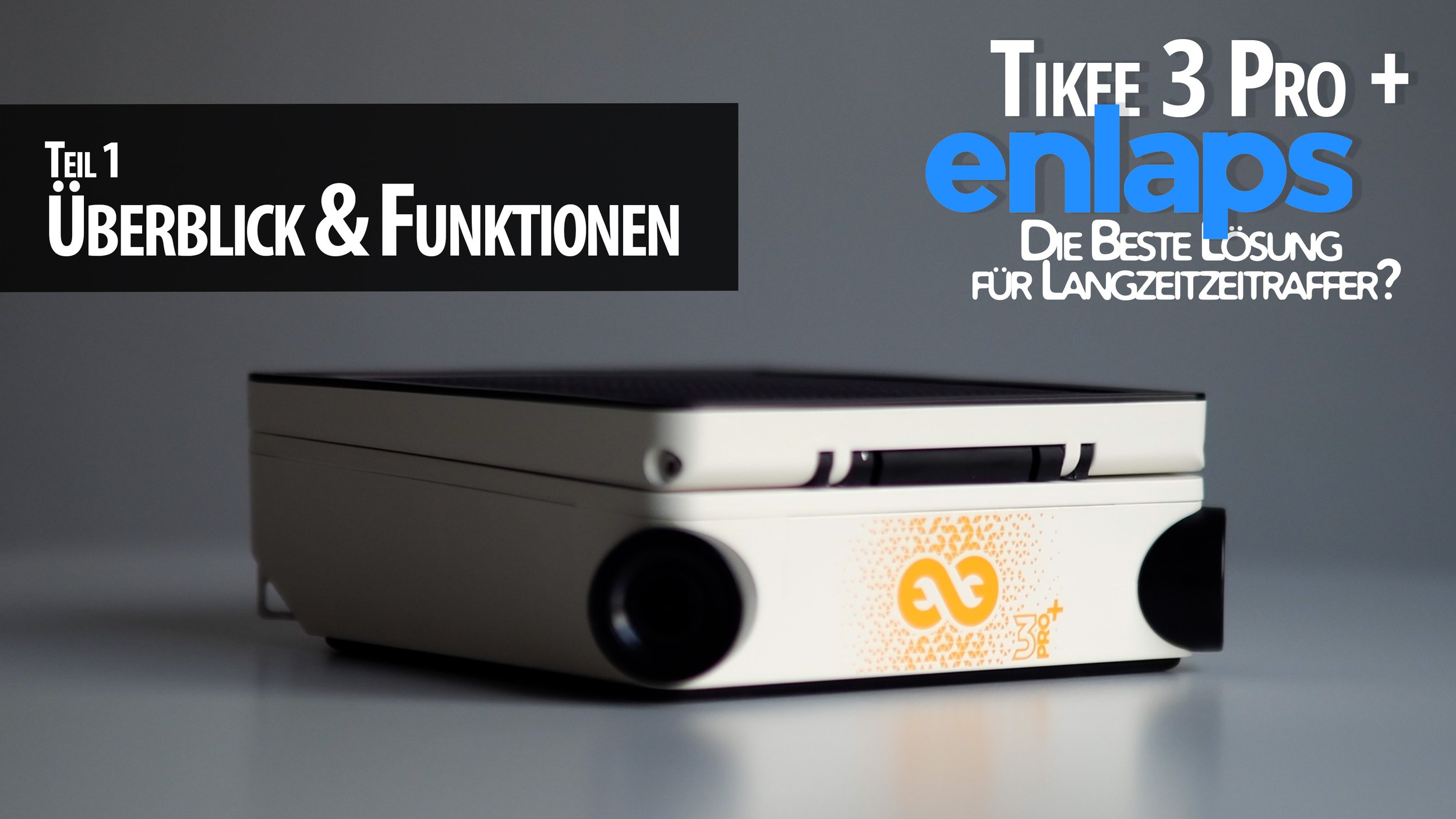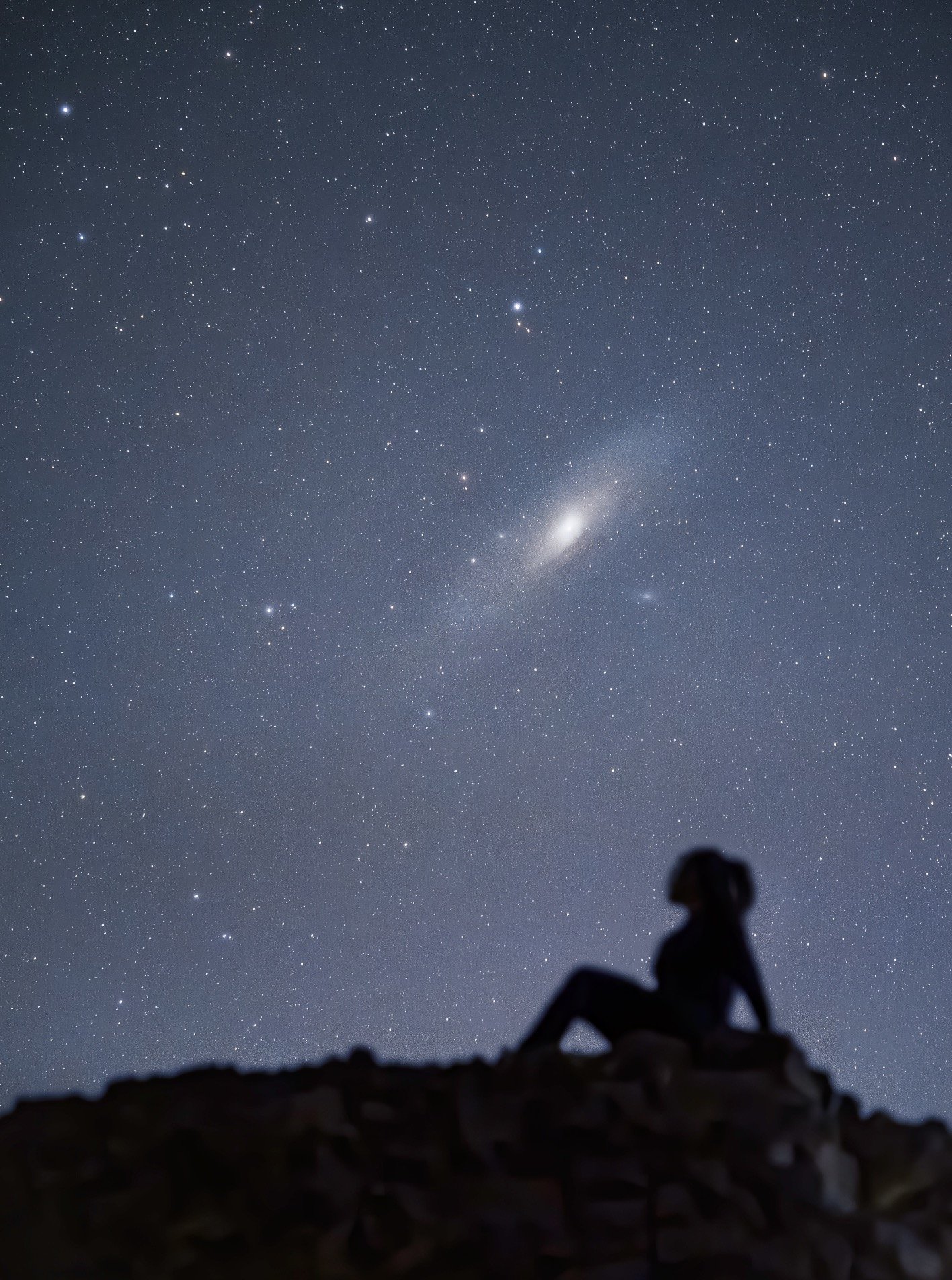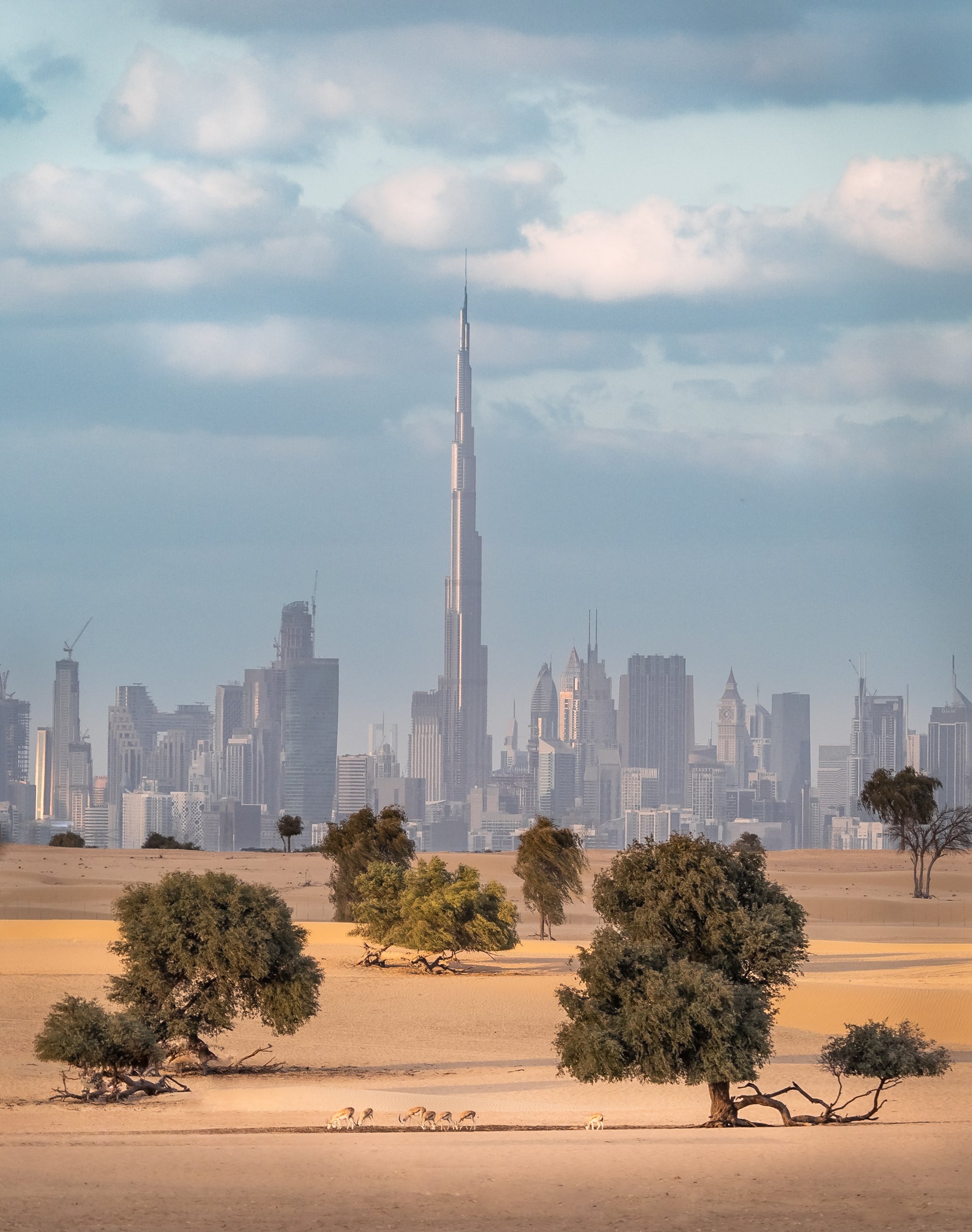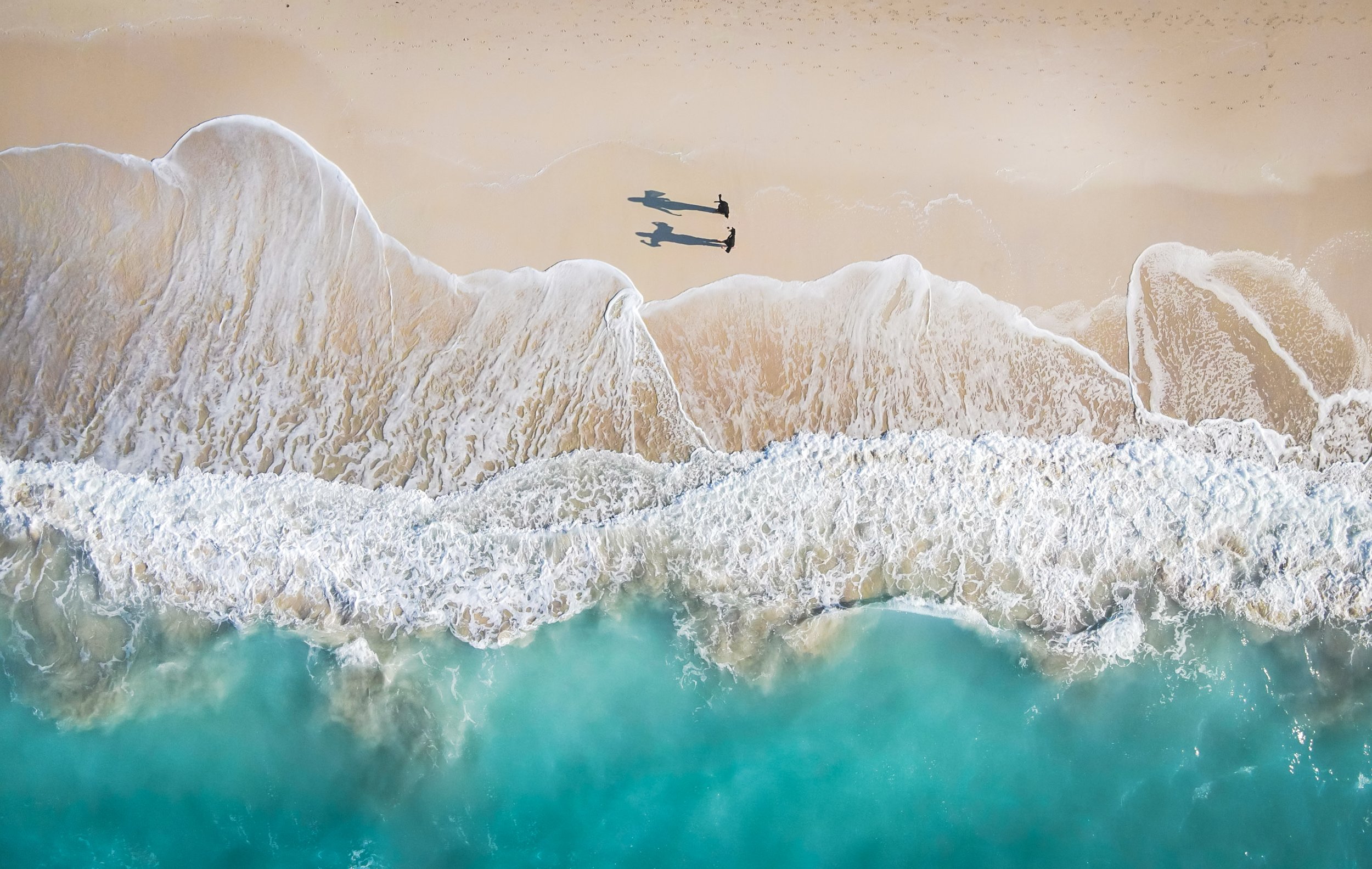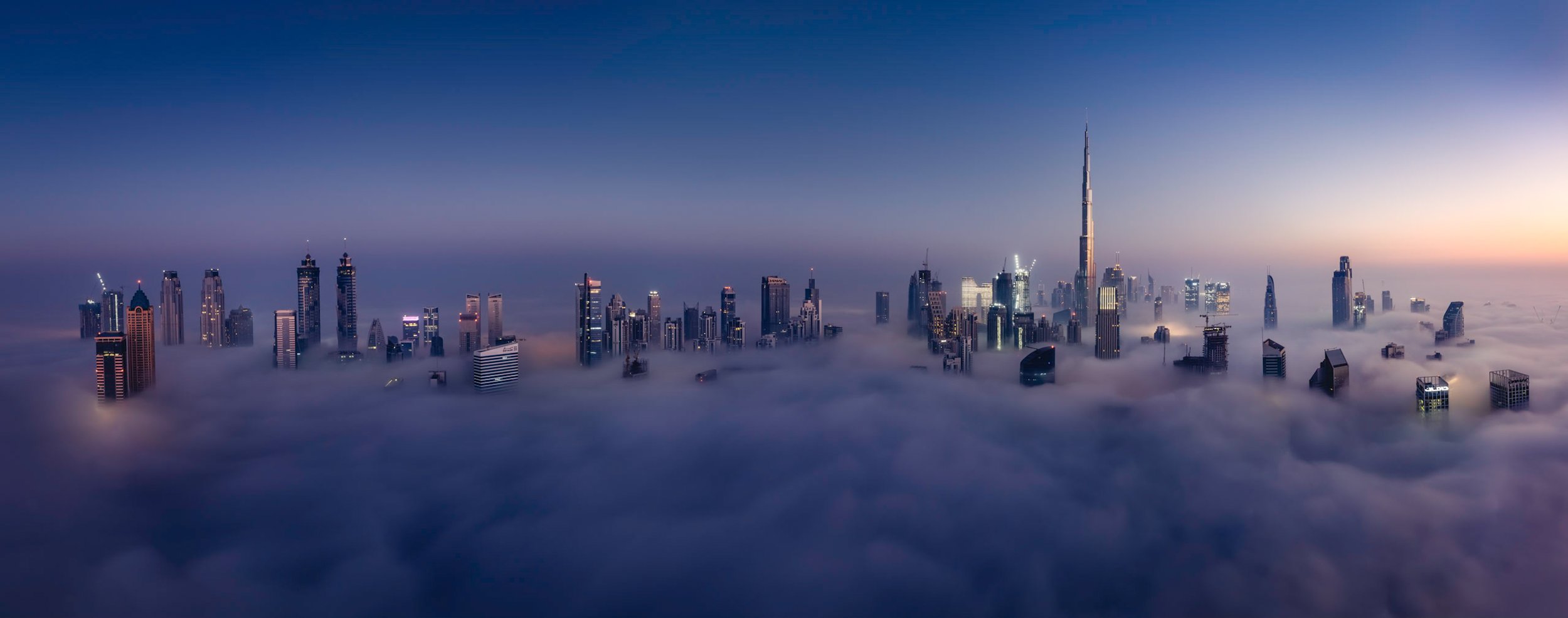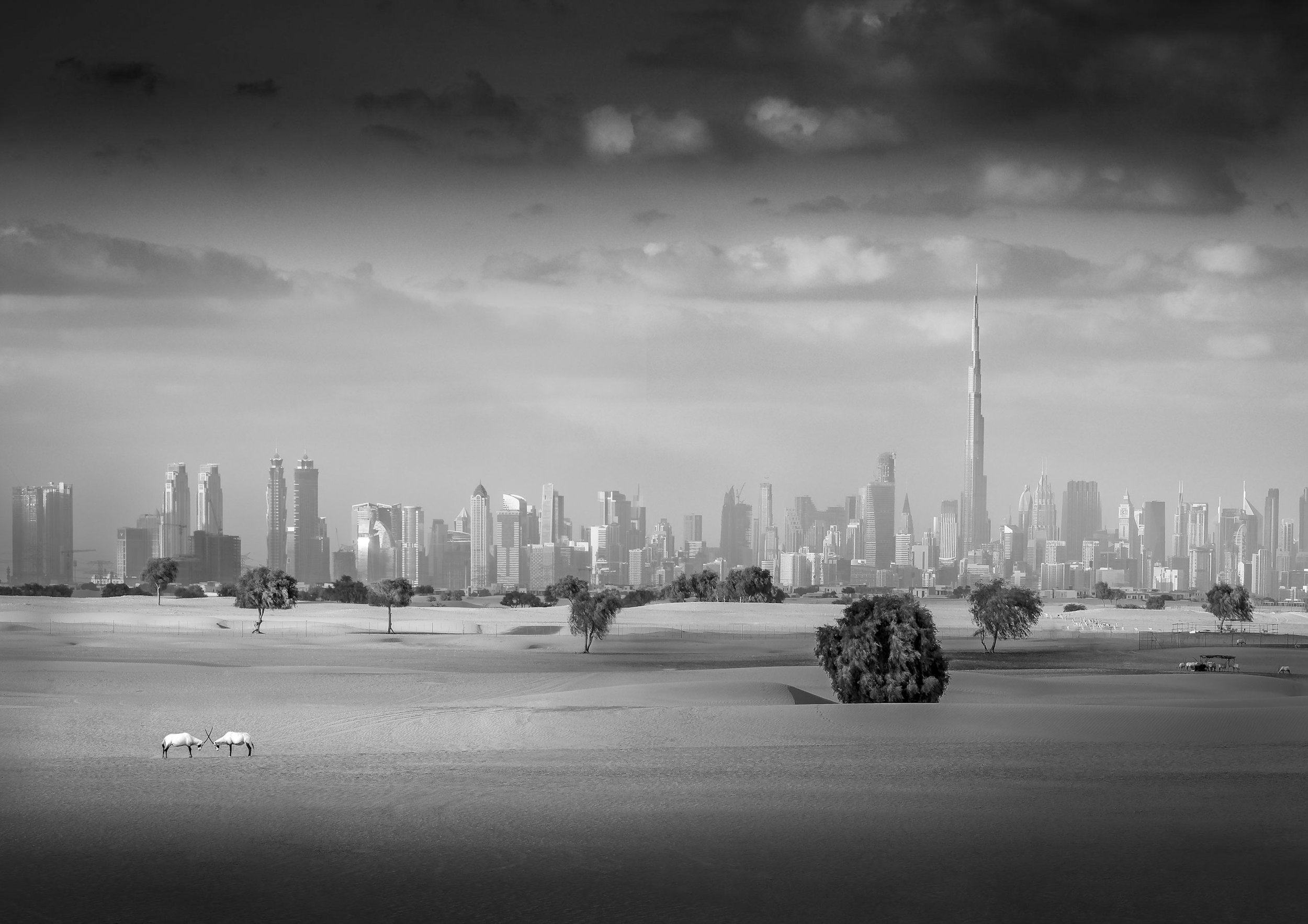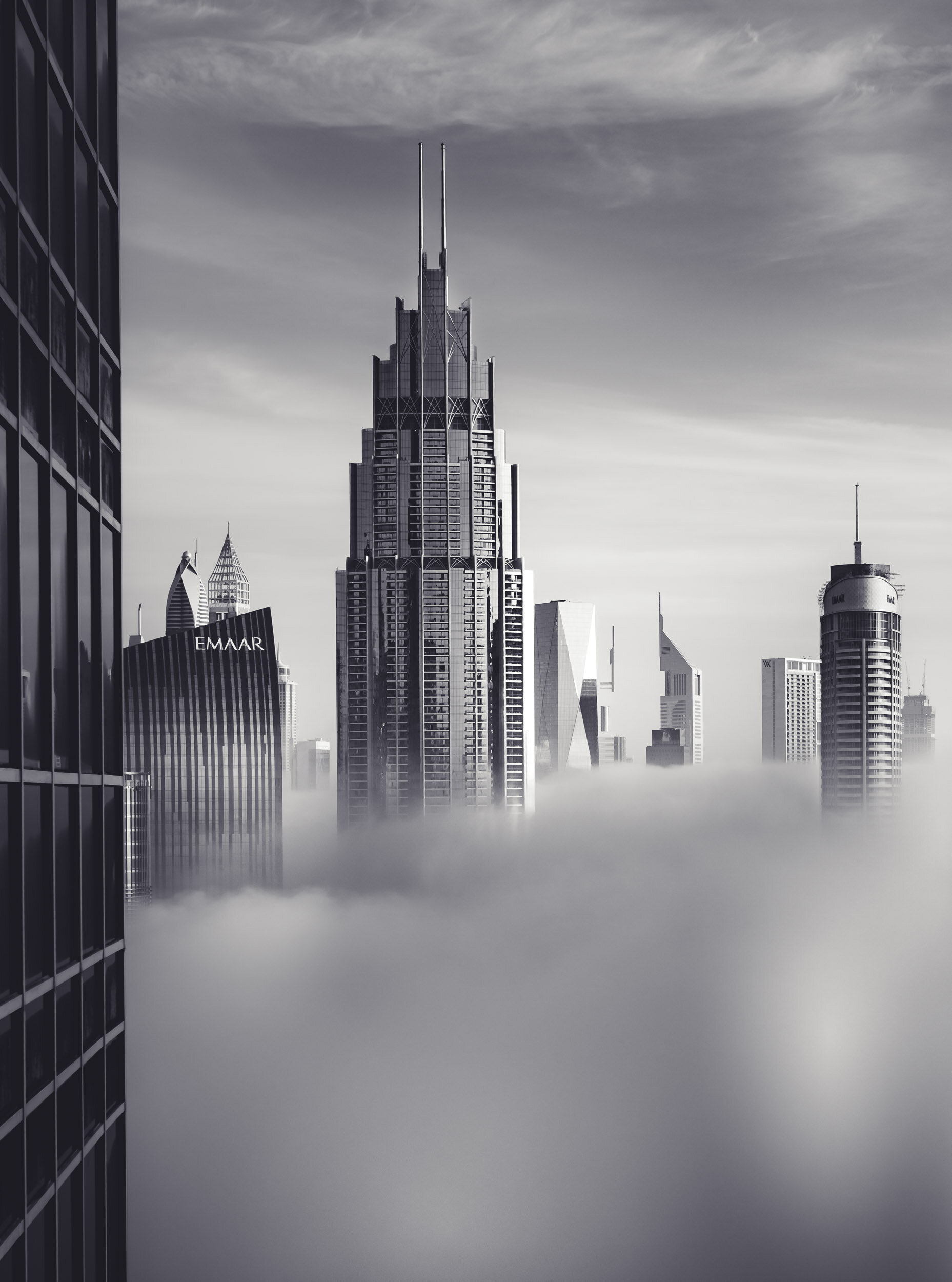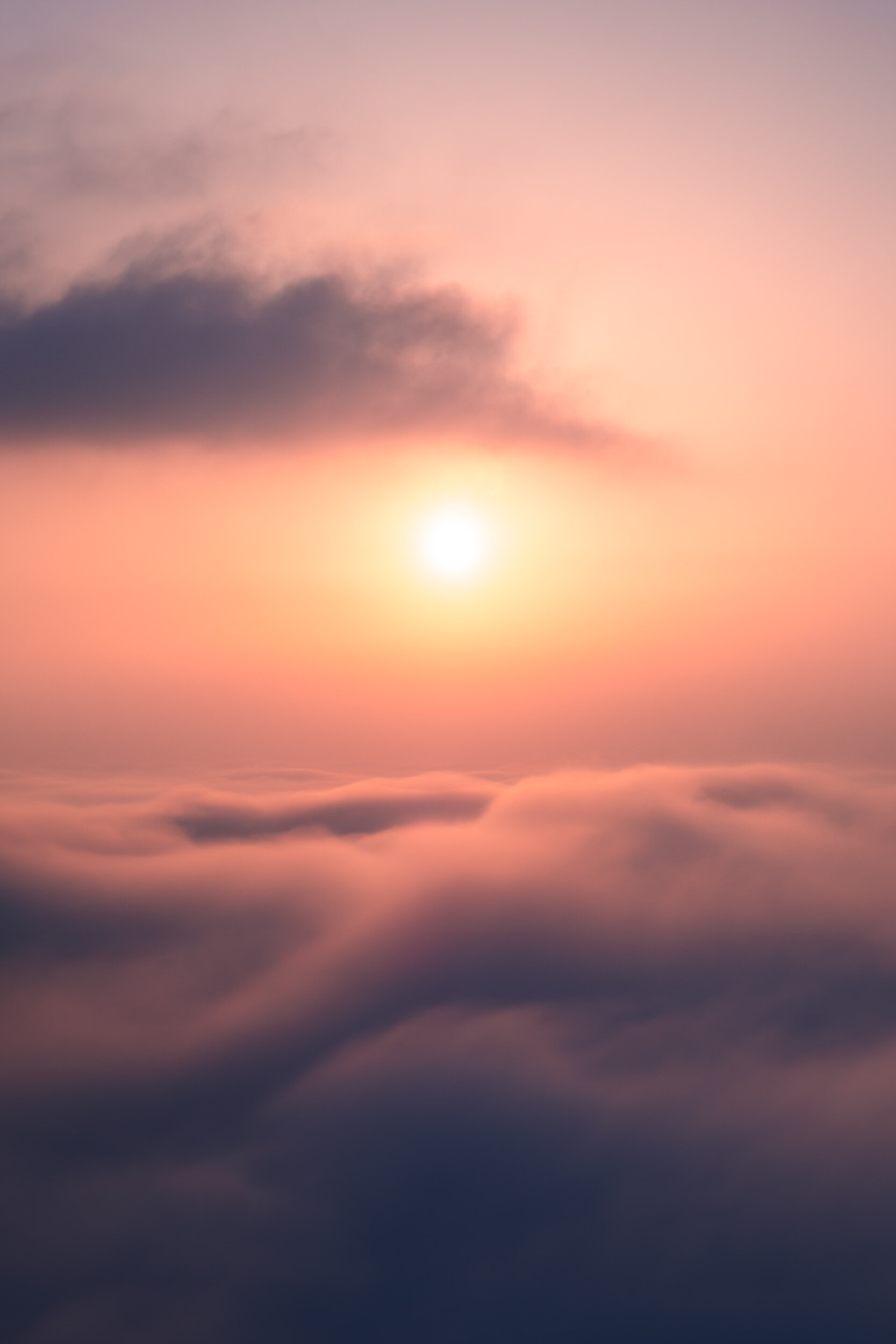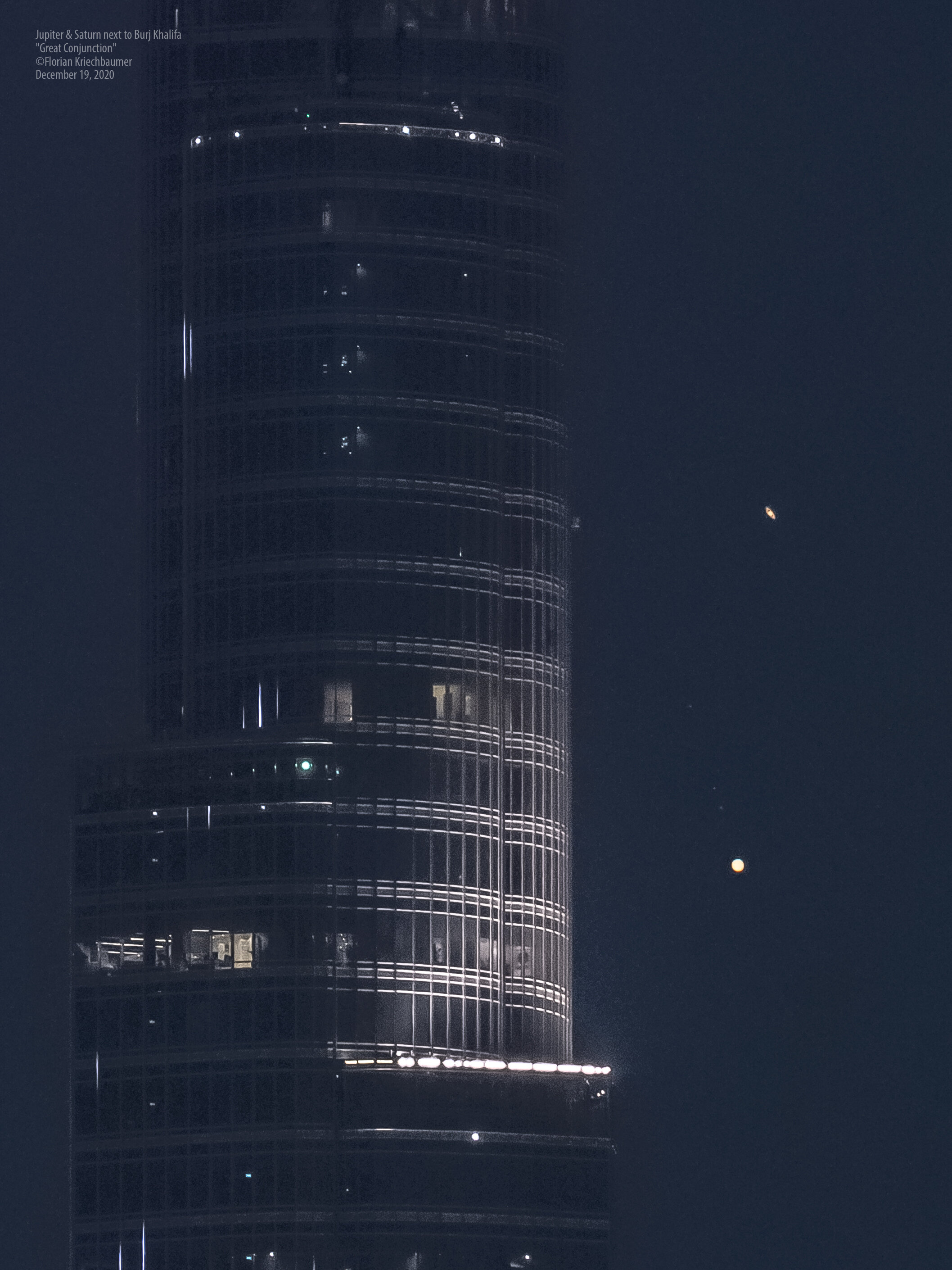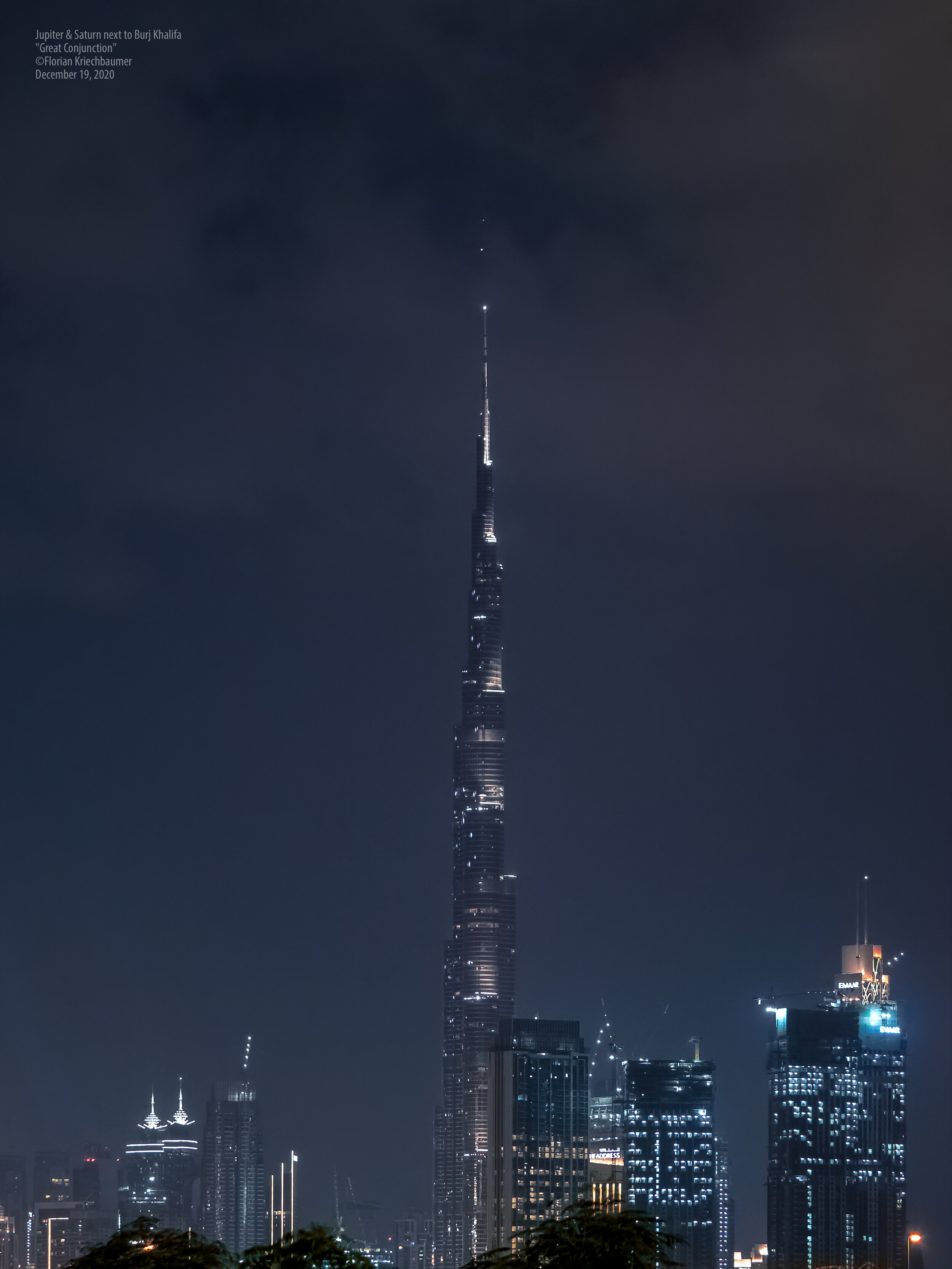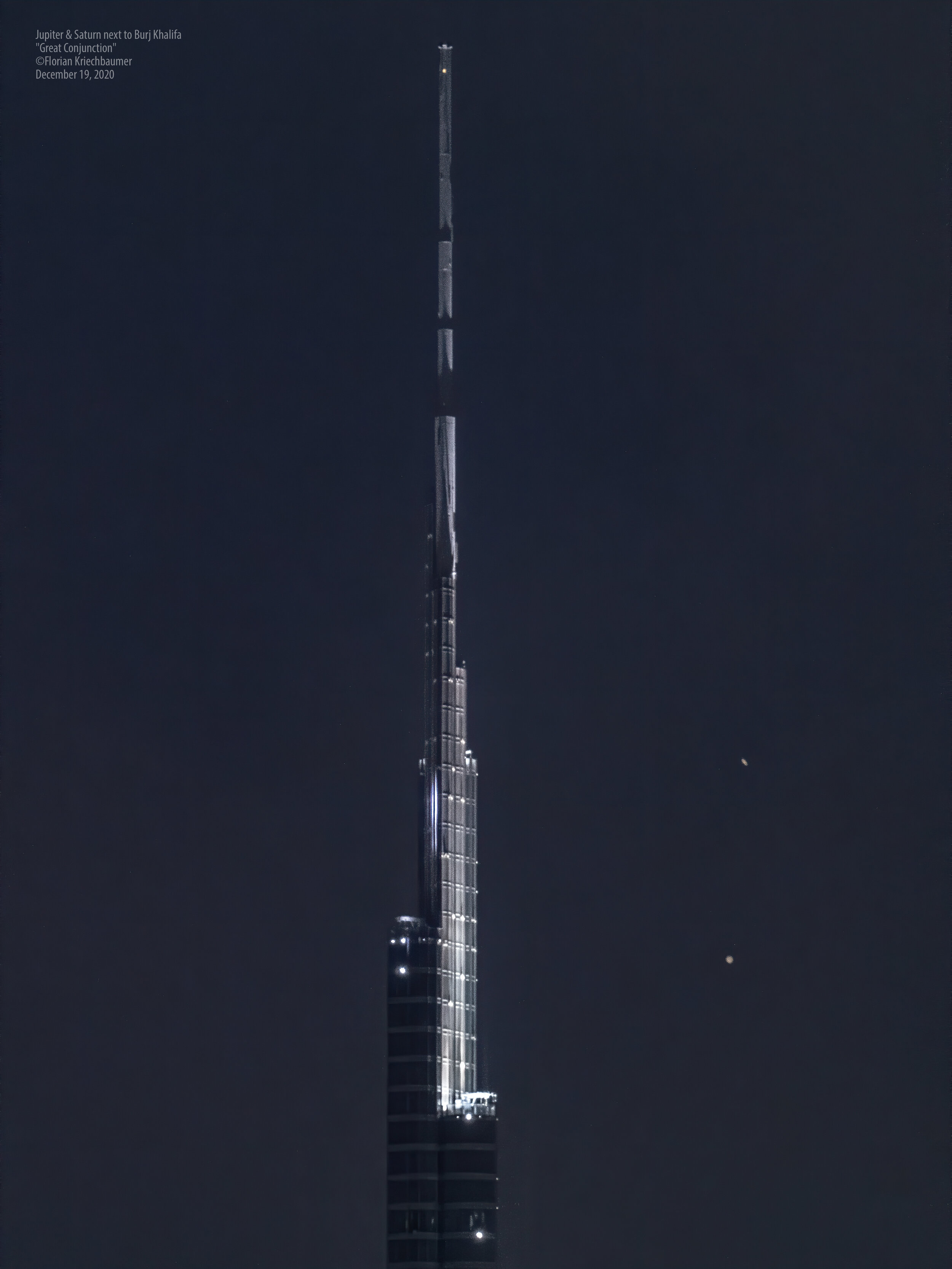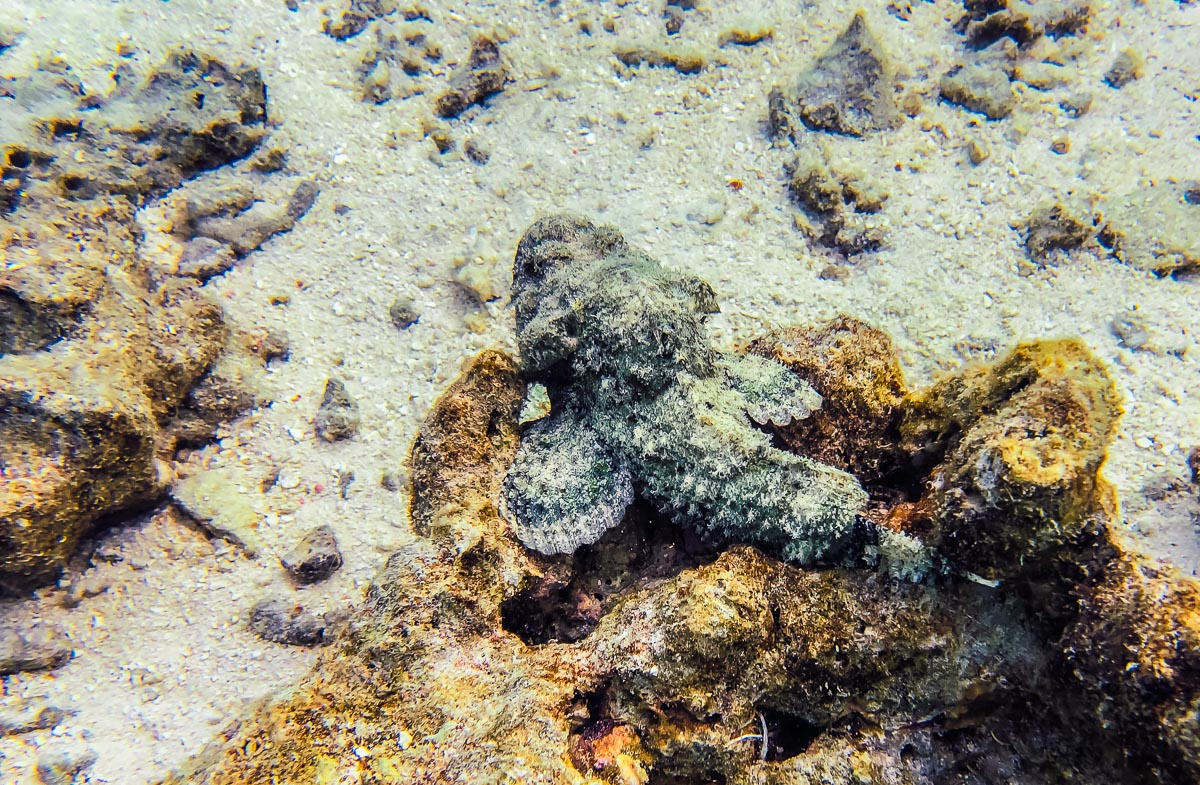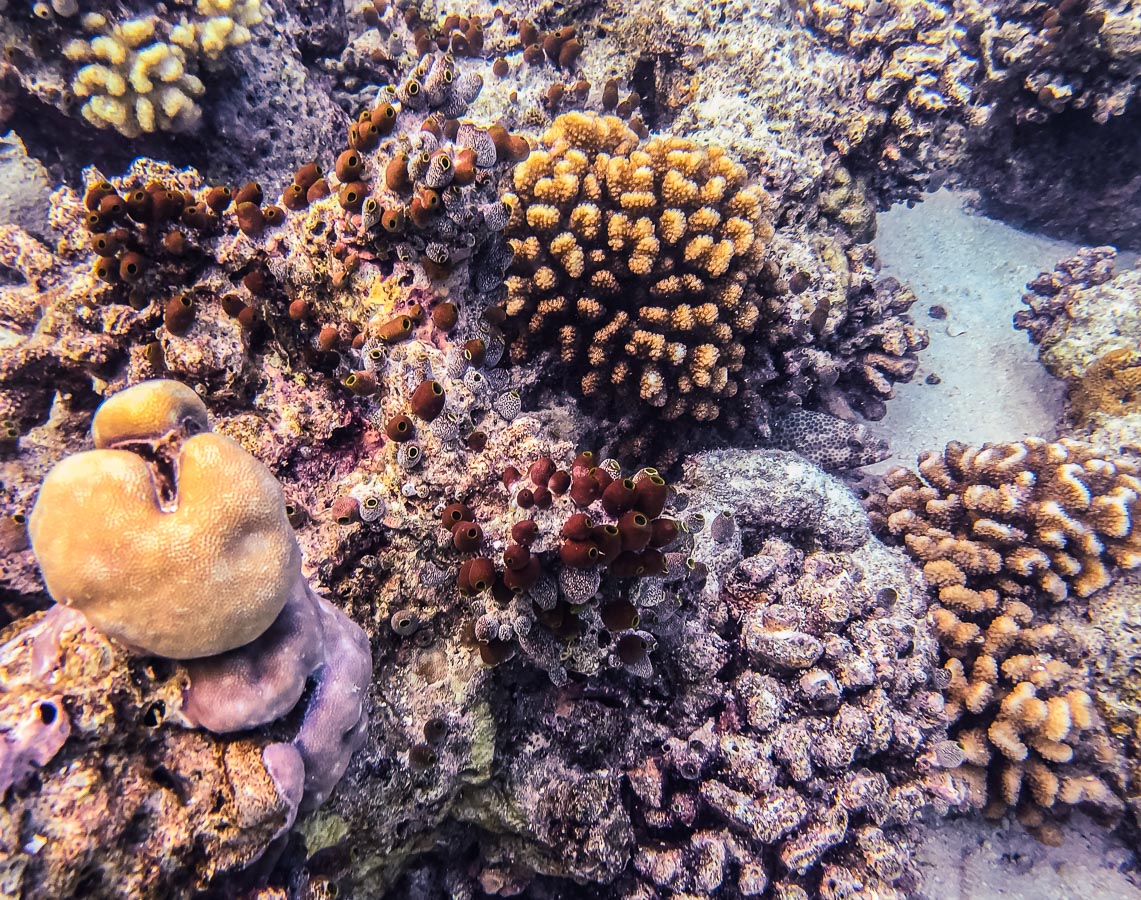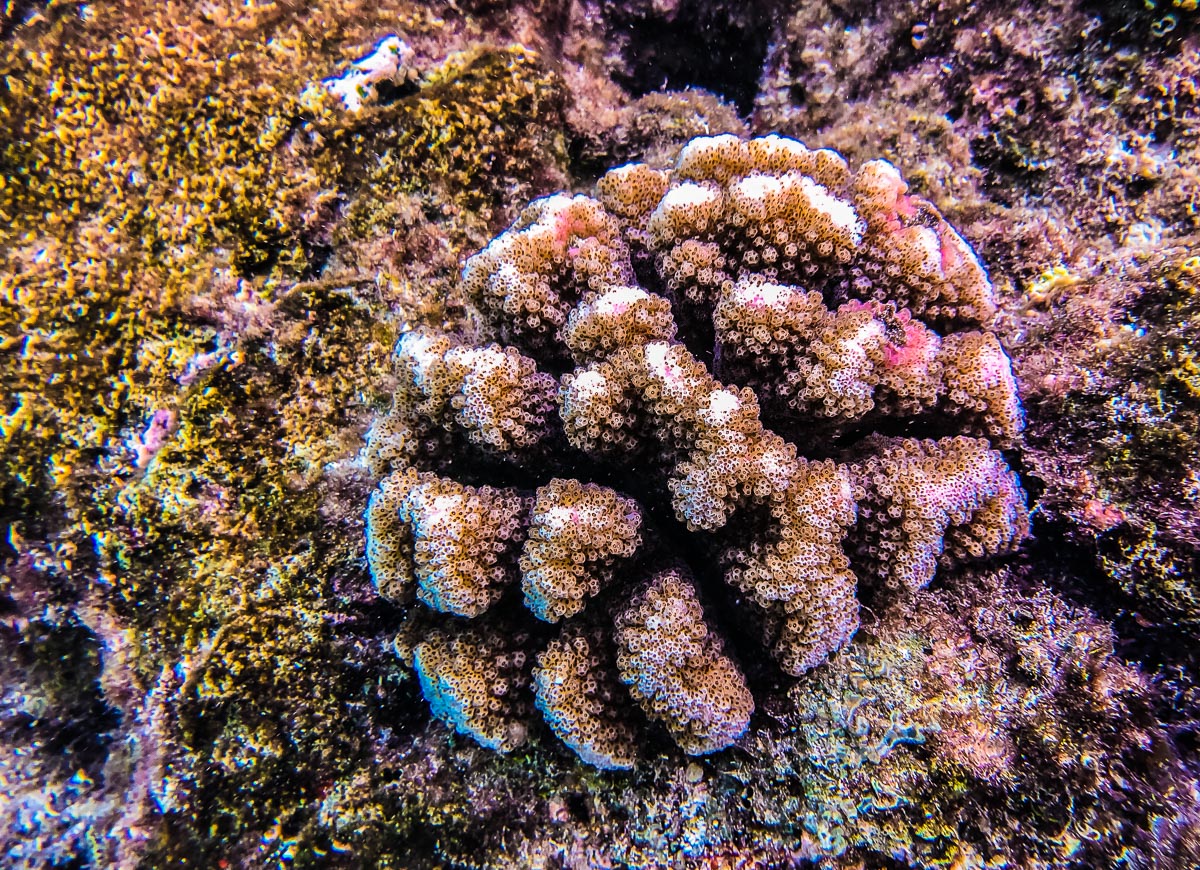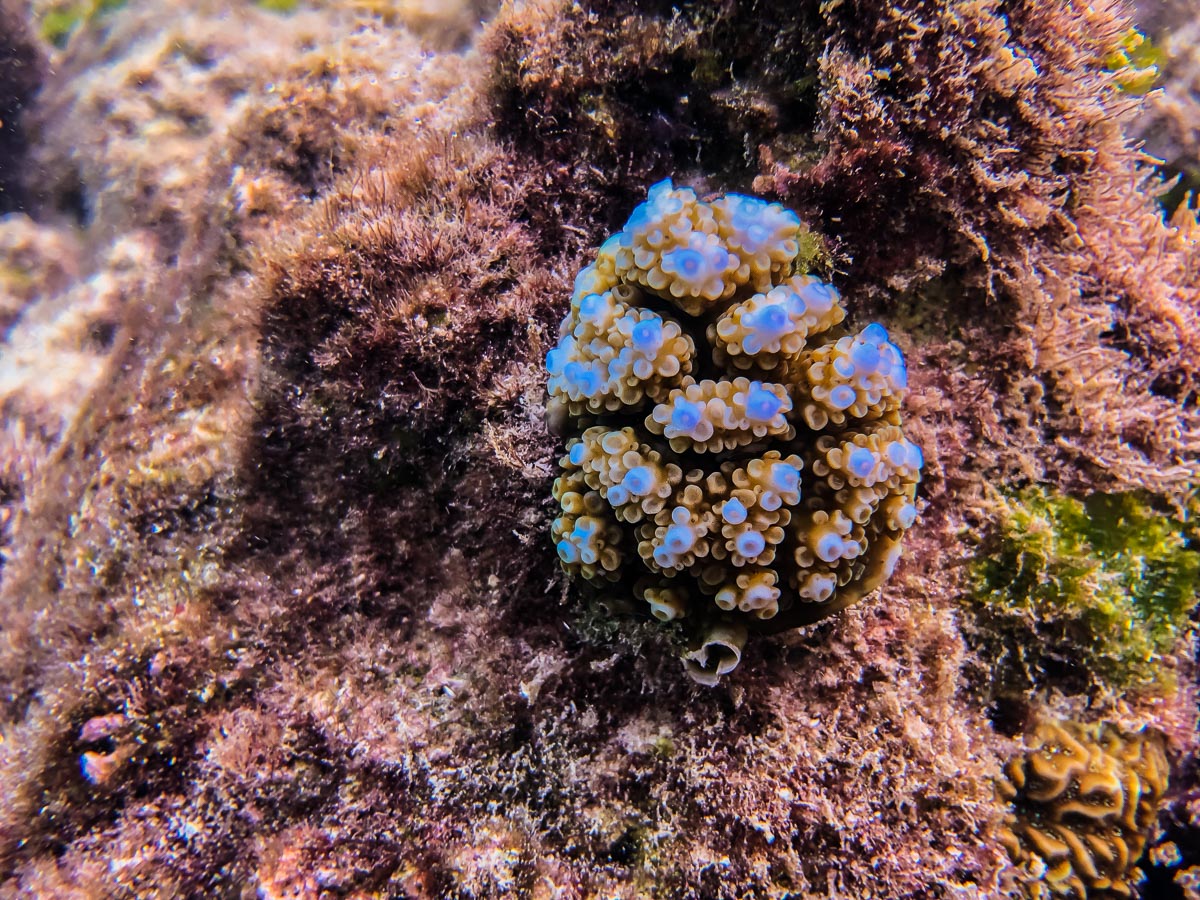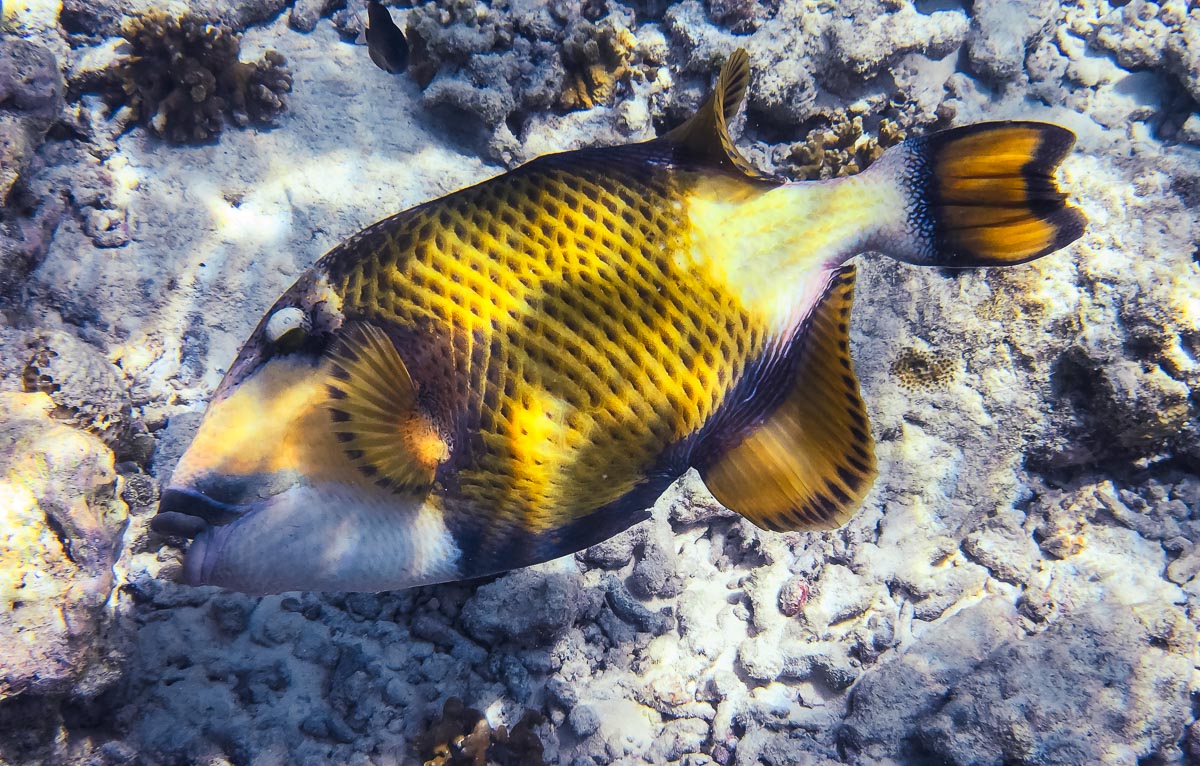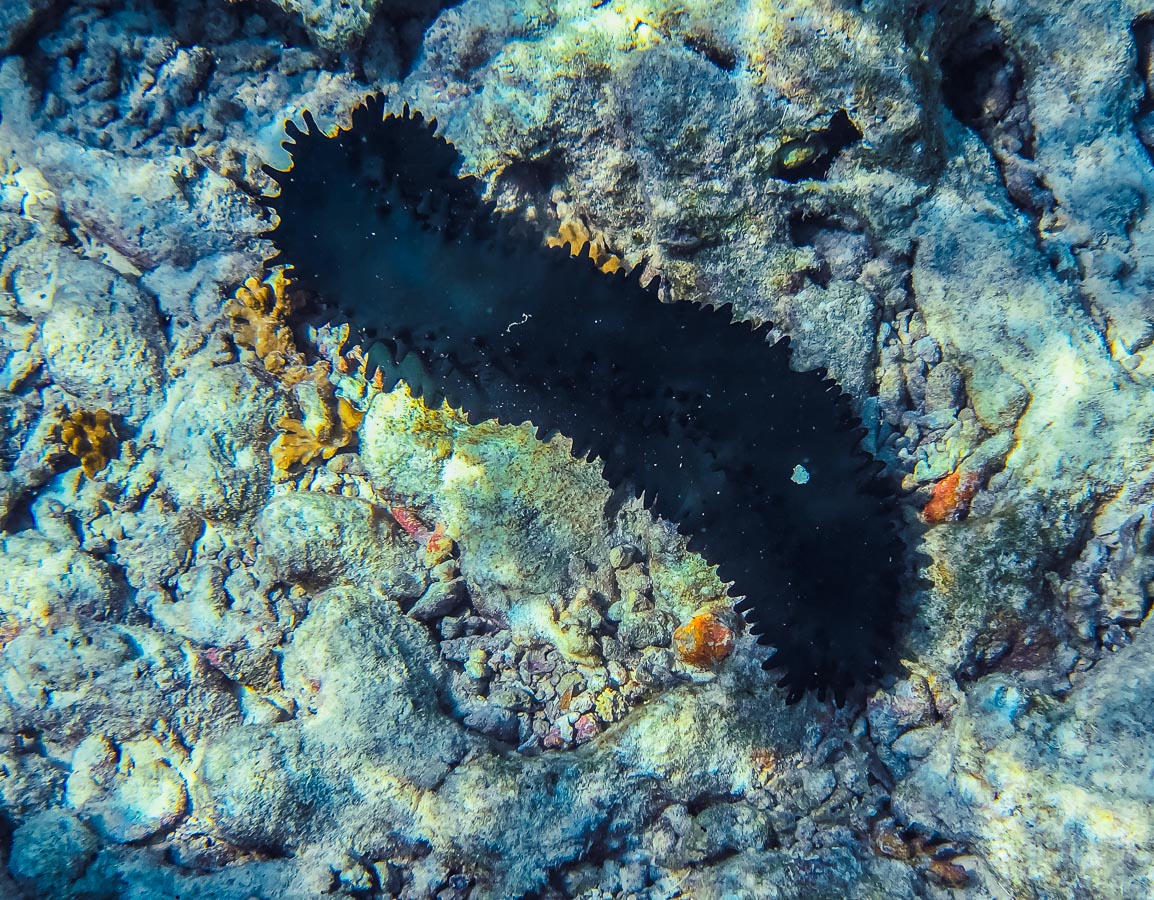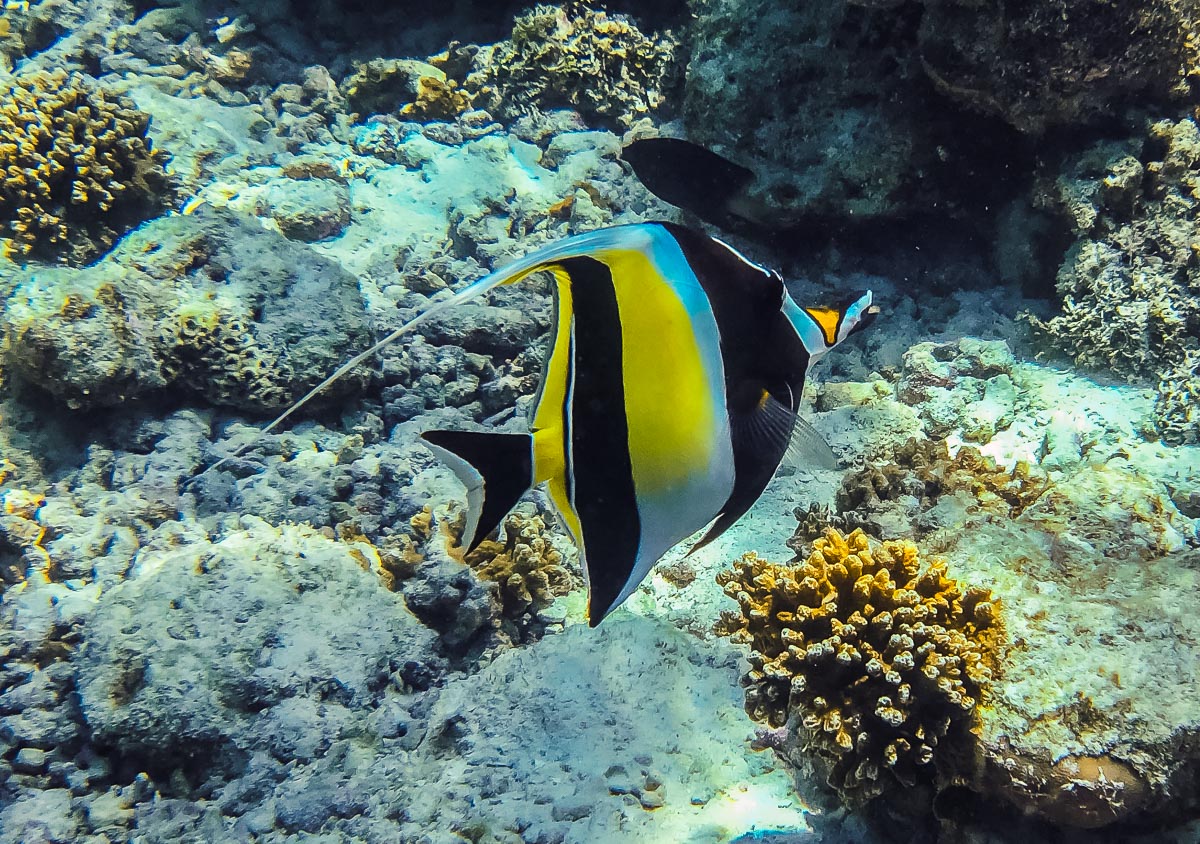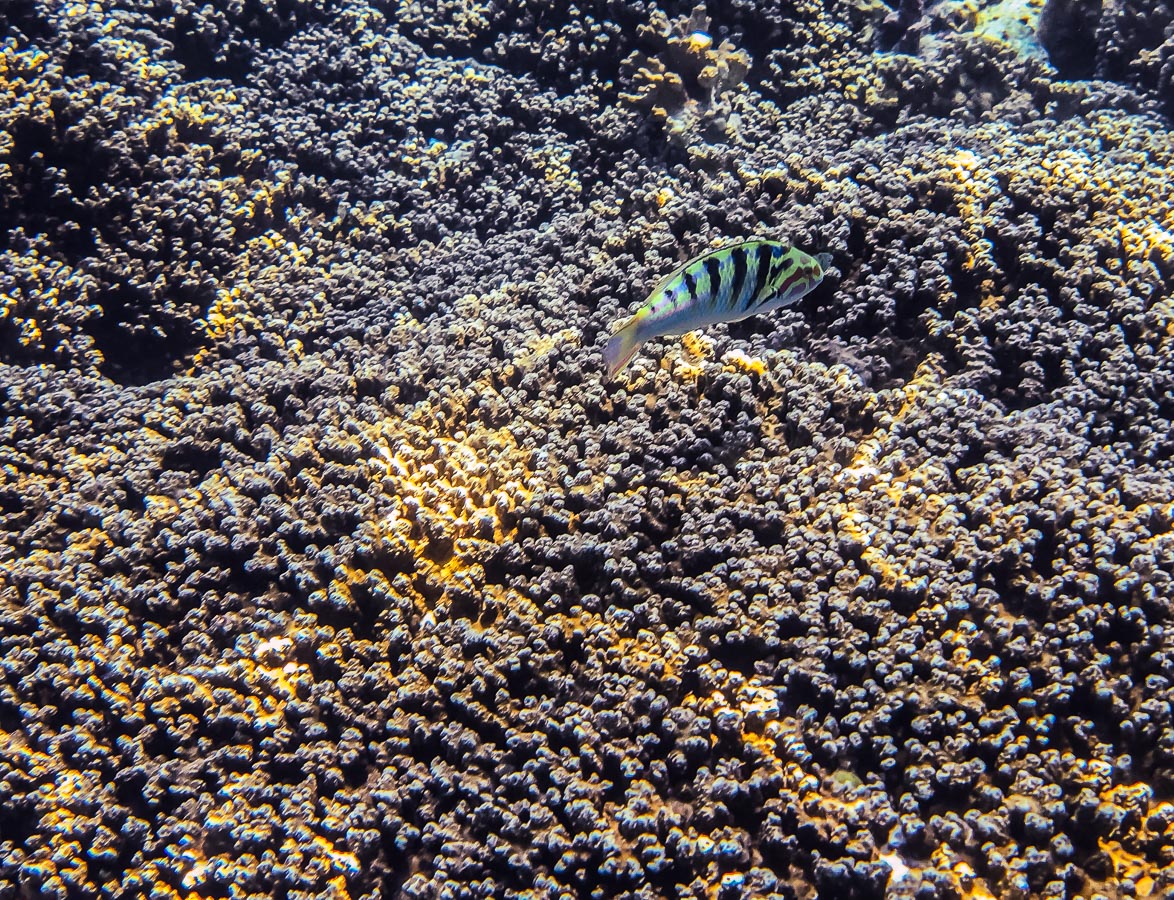A new member of the Tikee family, and it’s not a camera: Tikee Sentinel
My thoughts on the new Tikee Sentinel motion detector just released by Enlaps.
I’ve been taking timelapse videos for almost 15 years, see some of them here, and recently have been working with the long-term timelapse solutions from Enlaps, after they contacted me and asked if I’d be interested in a review unit. You can see my previous articles on their cameras and ecosystem here, but this time we have something new!
COUPON CODE FOR ENLAPS.COM
Get 50 EUR off of a Tikee product:
FK-ENLAPS
A few weeks ago I got an invite from Enlaps for a product presentation: a new member of the Tikee family, but this time not a camera! Curious what it would be, I was keen to see how they’d expand their industry-leading long-term time-lapse and project-monitoring ecosystem. It turns out the new addition is a high-end motion sensor. While on the surface that may sound a little less exciting than a new camera, it actually brings a whole new set of possibilities to the platform.
Hardware
The Tikee Sentinel is a small (less than 10 cm on the longest side) and light (150 g) industrial motion sensor that is completely wireless, lasting around two years on a single charge via USB-C. It’s made for all kinds of environments with an IP66 rating, similar to the Tikee cameras, and has a detection range of 9 metres through a PIR lens that covers a 120-degree horizontal field of view. The device also features an ambient-light sensor.
It pairs with any Tikee 4, Mini, or Mini+ camera on the same site, within a transmission distance of around 30 metres in the open.
Features
The Sentinel is meant to deliver three things to users of the Tikee ecosystem: Detect, Capture, Notify.
After setup through the Tikee Remote App and pairing it with a Tikee camera, you can configure its sensitivity and set up the motion-detection pattern: during the day, at night, or anytime.
On the Tikee camera side, you can then configure the behaviour of the camera when motion is detected: capture a photo, video, or a burst of images. You can also determine if the camera should trigger this action only outside its normal shooting-sequence hours, or anytime motion is detected. Of course the Tikee cameras with their wide field of view and excellent image quality can deliver excellent evidence of whatever triggered motion that goes beyond the capability of simple traditional webcams.
The Sentinel is also fully integrated with the myTikee cloud platform. This allows you to set up immediate notifications via email to various interested parties for motion events and associated images, by selecting who gets notified and in what timeframe.
Speaking of the mytikee platform, it recently received a welcome update to its subscription model, in my view bringing more value and flexibility to the base subscriptions. Additional storage is now an extra add-on, as is the AI monitoring function.
Watch the Enlaps recap video here to see the features in action:
Use Cases
A primary use for the Sentinel will likely be construction sites, allowing companies to monitor storage areas, access to the site, restricted zones, and general site conditions outside working hours.
This is ideal for sites that already use the Tikee for documentation and monitoring, and allows them to add a layer of security on top of the same ecosystem with minimal implementation effort.
I expect this will be a common addition for anyone using Tikee devices on a construction, project, or event-setup site, but I can imagine it could also be interesting for certain types of nature monitoring—for example wildlife or glaciers, triggering on ice-calving events.
Pricing: The Sentinel is priced at 189 EUR excluding tax, and there are new packages available combining Tikee Mini or Mini+ and their accessories with the Sentinel, starting at 1488 EUR.
A great addition to the ecosystem.
A new mini in town: Enlaps Tikee mini+
My thoughts and review of the new Tikee mini+ term timelapse camera just released by Enlaps.
I’ve been taking timelapse videos for almost 15 years, see some of them here, and recently have been working with the long-term timelapse solutions from Enlaps, after they contacted me and asked if I’d be interested in a review unit. You can see my previous article on their flagship camera here.
COUPON CODE FOR ENLAPS.COM
Get 50 EUR off of a Tikee Camera:
FK-ENLAPS
They recently also added a smaller, more affordable camera to the portfolio, the Tikee mini, which I reviewed as well. It’s been just about a year, but they already sent me an updated version of the mini, aptly titled the “mini+”. However, I haven’t been paid otherwise, and my opinions here remain honest and reflect my actual impressions of the camera. Let’s see what’s new!
The Tikee mini - Recap
Let’s start with a quick recap of the Tikee mini - this was the first time Enlaps brought a new form factor to the market with a slightly different approach than the Tikee 4. As the name implies, it’s a lot more compact, and that partly comes from two changes compared to its bigger sibling: first, it doesn’t have a solar panel built-in, but still has the opportunity to connect one. With a huge battery built-in though, it can still work autonomously for weeks or even months at a time depending on the configuration. Secondly, it features a single wide-angle lens, as opposed to two of them for panoramic perspectives.
Other than this, the mini retains almost all of the features of the Tikee 4, including the built in WiFi and 4G, the ability to install it inside but also outside in harsh conditions, and a very high resolution image delivering 4k quality.
Of course, it also remains compatible with the mytikee cloud platform for easy remote monitoring, configuration changes, image storage, one click generation of timelapse videos and other media, and the AI functions for keeping track of projects, particularly things like construction safety and activity.
You can watch the (German + English subtitles) video review here, including a real-world test, or otherwise just read below!
What’s New with the mini+?
So what’s new on the Mini+? Well, as the name implies, it’s a revised version of the mini, rather than a full mini 2, if you will, so from the outside not much as changed. But there are a total of six new or updated features available.
Distortion Free Wide Angle: Let’s start with the most important to me: Enlaps addressed one of the primary complaints I had about the original mini, which is the heavy distortion of the wide-angle lens, giving almost a fisheye look. With the mini+, there is now a “True View” mode, providing the original 120° ultra wide angle view, but also 110° and 90° straightened distortion free options, which is great to keep lines straight, particularly in things like construction. While of course not a true zoom option, this also allows for a little bit of a tighter crop on the subject, which is sometimes useful.
Live Preview: We now have a way improved Live Preview function when setting up the camera in a new location, making it much easier and faster to check the composition and adjust the angle using the Tikee Remote Smartphone App for iOS and Android. This was always a little bit of a pain, so I’m glad it’s better now. The Live Preview also includes the True View mode setting in its preview, so you know exactly what you will get.
Fixed WB Option: For more advanced requirements, you can now fix and lock the white balance of the sensor, avoiding colour shifts depending on weather and light conditions or a changing subject. This is useful for things like Phenology where you need absolutely consistent reference colors in the image.
Vertical Shooting: Next, the camera now supports vertical shooting when turning it 90 degrees (it can be mounted upside down now and fix the image orientation for the final video automatically). This can be useful for social media content or skyscrapers, for example.
Advanced Adaptive Interval: There’s a more advanced adaptive interval function to further optimise battery life, which allows more flexibility to reduce shooting frequency as the battery degrades. This can almost double battery life in some scenarios and is also available for the original mini.
Low Light Performance: And last but not least, another point that we all want to see continuous development on: low-light performance has been improved, and the camera can now take long exposures up to 2 seconds, with better noise control in darker situations. This has already been a step forward in the Tikee 4 compared to its predecessor, so it’s great to see Enlaps keeps investing in this area.
Watch the Enlaps recap video here to see the features in action:
Ecosystem
The Tikee solution is arguably the best tool for creating long-term timelapse videos, making it as easy as possible to monitor projects, landscapes, and more over months or even years.
That obviously includes the cameras themselves, and the Tikee Mini + is a great addition to the portfolio.
But as I said before, it also includes the cloud platform, mytikee. Clearly we all would like to pay for fewer subscriptions, and there is always the option to use the camera with just the free (limited) version, and record images on the SD card.
But the ability to monitor the camera remotely, adjust all its settings, have images uploaded automatically, and get alerts in case of issues makes this just a very reliable option for professional use.
On top of that, the timelapse generation is so simple, no other solution I know of can compare to the automatic filtering of images, exposure compensation, stabilization. This used to take hours, now it’s a few clicks.
Summary
As mentioned, this is all in all not a huge update to the product, and some of the points seem focused more on software enhancements. For someone running the existing Tikee mini, an upgrade probably isn’t necessary, but for everyone who was on the fence about the original version, this new replacement makes it an even more attractive camera.
It’s a welcome set of “quality of life” improvements for Enlaps users, just one year after the mini was originally released.
Drone Photography - A New Book
During 2024 I have been working on a new project for German publisher Rheinwerk, co-authoring a book filled with inspiration and instruction for aspiring drone photographers.
Just about a year ago I was approached by German publisher Rheinwerk with an opportunity to take part in their latest project: an instructional and inspirational book for aspiring drone photographers. Having been using drones for almost 10 years (yep, I started with the very first DJI Phantom model) and accumulating a large collection of aerial photos in the process, that sounded like an interesting task. On top of that, I had quite a bit of experience and insight to share (including the painful kind, having lost two drones so far and missing plenty of good photo opportunities), and enjoy helping others in their own journey.
So myself and the four co-authors, Tobias Fröhner, Stephan Fürnrohr, Kerstin Maier, Jan Erik Waider embarked on this project, compiling our best drone projects, the behind the scenes, and all our combined technical, equipment and creative knowledge to finish this 384 page book, which now, 1 year later, is ready to order!
Disclaimer: For now this book is only available in German 🇩🇪, but an English version is being considered. If you’re a publisher reading this and would be interested in adding the English version to your portfolio, contact me!
Content
Image composition from the air
Plan flights with apps and Co.
Camera settings for optimal image quality
Flying in difficult conditions
Panoramic shots with the drone
Wide landscapes
Structures and patterns
Creative wedding photos
Magical light moods
Deserts, icebergs, volcanoes - discover remote places with the drone
Edit drone footage
The book is made for everyone who is considering to start with drone photography, readers who already have a drone, but are a little anxious about flying or haven’t gotten the photographic results they aspire to, and a little more advanced users who want to dive deeper into various techniques and look for new inspiration.
For everyone else not speaking German, below is sneak-peak into some of my projects that are covered in this book, all with tips and tricks on location, setting, equipment, useful accessories, processing and more. In addition, I’ve covered a number of specific techniques, such as HDR, panoramic photos, filters, and video recording.
Check out the “read more” links for my blog entries and stories from these places.
Architecture
The Pink Lake of Baku
Chocolate Hills of Bohol
Desert Roads of Dubai
Flamingo Shadows
Camels of the Gobi Desert
Volcanoes of Indonesia
Islands of Komodo
Minimalism on the Beach
Island Storms in Palau
Great Wall Golden Moments
If you have specific questions on drone photography, get in touch or leave a comment below!
Subscribe to my newsletter to get notified and don’t miss out on more Wonders of the Globe.
Other Recent Posts:
🐘 An Award for Craig
I was lucky enough to win the Pexels “Wild World” award recently with an image of Craig, and will be visiting the Amboseli National Park again in 2025!
One of my favorite wildlife experiences ever was observing the elephant herds of the Amboseli and Tsavo ecosystem in the south of Kenya - to read about my time in the country, check the blog!
This region is a special place to see these magnificent animals for a few reasons, not the least of which is the presence of the so-called Super Tuskers: Elephants with tusks weighing more than 100 pounds each, often taking 50 years or more to grow until they literally scrape the floor.
Craig
The king of them all is Craig, the elephant with the largest tusks in Africa. In his 50s, he has seen it all, a large, gentle, imposing bull, with slightly withered skin and tusks that have scraped more than a few trees in their lifetime.
There are just over 20 or so of these Super Tuskers left on earth, split between the Kruger National Park in South Africa, and this area of Kenya. Poaching, human wildlife conflict, and age has been a challenge over the last decades, although the local population is now more sensitive than ever to their plight, and rangers and park officials have increased efforts to keep them safe.
When I saw that Pexels was looking for photos to celebrate our wild world in collaboration with the International Fund for Animal Welfare as part of their 2024 global competition, I thought that Craig would make a pretty good subject, and submitted my favourite photo of him.
Side profile of Craig - the winning photo.
It seems to have been a good choice, because a few weeks ago, I got an E-Mail telling me I had won the competition! And I can’t deny, the price for the competition was kind of the reason I signed up in the first place: A trip back to Amboseli! Sometimes things come full circle and I can’t wait to visit again in the summer of 2025.
Watch the video to hear the story behind the photo and see some behind the scenes clips!
The Matriarch
The dried-up lake bed of Lake Amboseli also witnesses a regular ritual for large elephant families lead by the matriarch. In the mornings, they cross from the forest areas on one side towards the swamp lands on the other, in search of water. With a little bit of patience, you can photograph their amazing formations as they walk in line and, if you’re brave enough, you might be able to do so from the ground for that extra special perspective. To witness the behaviour of these magnificent creatures and how it reflects their social ties and emotions is an eye-opening experience with a lasting impact. Their plight for survival in a world that continues to hunt them for ivory is a topic that deserves more attention.
Draught is a major issue for the animals in this area: every year, dozens of elephants don’t make it through the dry season, as they need in excess of 100L of water per day, and a large bull can drink over 200L in a day.
For the winning trip, I am currently working with IFAW and Pexels on a plan to document the work of their rangers and conservationists, hopefully highlighting the amazing work they do to support the wildlife and create sustainable community engagement in the region.
Despite the challenges, the area boasts Kenya’s largest elephant population: more than 15,000 individuals call the Tsavo / Amboseli ecosystem home.
Craig blowing dust in the air as he walks past Africa’s tallest mountain (and the tallest free-standing mountain in the world), the mighty Kilimanjaro. The ice glacier on the tallest peak has gradually receded, and is now less than 2 sqkm. It is estimated that by 2060 no ice will remain on the Kilimanjaro due to global warming. The mountain is actually located across the border in Tanzania, but elephants of course don’t care about human borders, making it even harder to properly track and protect them.
I’m looking forward to be back here - subscribe below to stay up to date.
Subscribe to my newsletter to get notified and don’t miss out on more Wonders of the Globe.
Other Recent Posts:
🇺🇳 Snow Leopard Day
The United Nations declared October 23rd International Snow Leopard Day, and one of my images made it into an exhibition at its HQ to support this initiative.
A few weeks ago I was approached by Koustubh Sharma, the Director for Science and Conservation at the Snow Leopard Trust with a somewhat unexpected request: Whether I’d be willing to provide some of my images for an exhibition at the United Nations Headquarters in NYC.
Of course that’s generally not something you’d say no to, but in this case even less so: It was for an initiative to get the United Nations General Assembly to declare the 23rd of October as “Day of the Snow Leopard”. As a big cats lover (see some of my Jaguar photos here for example, and my favorite Leopard shots in Botswana), that’s a worthwhile cause. Less than 10,000 (some say only 3000) snow leopards are left in the wild, and seeing a few of them during my trip to Ladakh was one of my most memorable travel experiences.
Specifically, the trip allowed me to see one of the rarest of rare sighting - a snow leopard hunt from start to finish. Although the combination of distance, light, and my own questionable photographic choices didn’t result in the best images, they were still special to me, and seemingly also to the Snow Leopard Trust, who asked to use them for their exhibition, intended as a final piece of encouragement to convince the general assembly members to cast their votes in the right direction.
As a result, they happened to end up being exhibited at the United Nations building this month, alongside some incredible photos from renowned wildlife and conservation photographers like Sascha Fonseca and Sebastian Kennerknecht.
(Image credit to Koustubh Sharma)
On the 4th of December 2024, in its 79th session, Agenda item 13 was ratified, paving the way for more recognition and cooperation to support the conservation of snow leopards. This is overdue, as the resolution acknowledges that the snow leopard population is already at risk of extinction. The primary threats to its survival are habitat loss and fragmentation, prey depletion, illegal trafficking, illegal hunting, including poaching, and climate change.
This follows the original establishment of Snow Leopard Day in 2013, with the adoption of the Bishkek Declaration.
At the time, 12 countries that host the vast majority of the snow leopard populations – Afghanistan, Bhutan, China, India, Kazakhstan, Kyrgyzstan, Mongolia, Nepal, Pakistan, Russia, Tajikistan, and Uzbekistan – agreed to collaborate in their conservation efforts.
Let’s hope this effort continues and will produce the desired results!
Subscribe to my newsletter to get notified and don’t miss out on more Wonders of the Globe.
Other Recent Posts:
Enlaps Tikee 4 - Best of Breed?
My thoughts and review of the new Tikee 4 long term timelapse camera just released by Enlaps.
As some of you know I’ve been taking timelapse videos for over 10 years, some of which are posted here - it was probably for this reason that Enlaps contacted me last year, to see if I wanted to take a look at their Tikee 3 camera. I did a review - see here - and have been using it for 12 months on a construction project, see the video below exported straight from the myTikee cloud platform. It did an amazing job and I never had to touch it once during the entire period - a very reliable and effective solution for long term timelapse projects or monitoring.
COUPON CODE - Get 50 EUR off of an Tikee Camera: FK-ENLAPS
A few months ago Enlaps came out with a somewhat simpler version of the Tikee 3 called the Tikee Mini: another great option for timelapse projects, at a lower price point and mainly focused on shorter videos or indoor locations, as it does not feature a solar panel. See my article for a few more details.
The Tikee 4 - Enlaps’ Latest Camera
Just recently, the company launched another new camera for their Tikee ecosystem, the successor to the Tikee 3 Pro +: The Tikee 4. Once again they asked me if I wanted to try it as well, and below is my overview video (in German, but the English subtitles are pretty good) or you can read this blog to learn what I thought of the new version.
The Tikee, even in its third version, was arguably the best tool for creating long-term timelapse videos, making it as easy as possible to monitor projects, landscapes, and more over months or even years. This is complemented by the cloud platform, which simplified video editing and data analysis. But what improvements are there this time around? I had some suggestions for the Tikee 3, so let’s see if Enlaps has addressed them as we take a closer look at the Tikee 4. As a quick disclaimer, I am an ambassador for Enlaps, and I received the Tikee 4 for this video for free. However, I haven’t been paid otherwise, and my opinions here remain honest and reflect my actual impressions of the camera.
What’s New?
The Tikee 3 Pro Plus hasn’t been on the market all that long and was already delivering excellent results. I used it on a construction site for over a year in all types of weather, and it performed autonomously without any adjustments, capturing a perfect timelapse video that was ready in the cloud with no need for further post-processing. Nevertheless, Enlaps has made some improvements in the Tikee 4.
Looking at it on the outside, you might ask, “Is this really a Tikee 4?” It looks almost identical to the Tikee 3, and that’s true – there’s been no change to the external design, and I had no complaints in that area. The Tikee’s design is already quite effective, so the Tikee 4 maintains the same look. But internally, quite a bit has changed. Below are some of the most interesting updates:
1. New Sony Sensors: The Tikee 4 now integrates two updated Sony sensors, providing enhanced dynamic range and significantly improved noise reduction, especially beneficial in low-light conditions like dawn and dusk. This advancement enables clearer, more detailed images for demanding timelapse projects.
2. Upgraded LTE Module: The LTE module has been enhanced, with better signal transmission for improved connectivity. Although connectivity was reliable on the Tikee 3, this upgrade aims to further stabilize remote connections.
3. Improved Battery Performance and Charging Range: The Tikee 4 now supports charging across a wider temperature range, from -10°C to +50°C, allowing for use in more extreme environments. Battery life has also been extended by approximately 15%, which can be especially useful for projects in locations with minimal sunlight or indoors.
4. USB-C Charging Port: The outdated micro-USB port has been replaced with a USB-C port, a long-awaited and more practical improvement for faster and more reliable charging.
5. Cloud Continuity for SD Card Issues: The Tikee 4 addresses a common concern regarding SD card reliability. Now, if the SD card is full or fails, the camera can continue uploading images directly to the MyTikee cloud platform, ensuring uninterrupted project documentation.
Beyond these updates, the Tikee 4 retains many of the features of the Tikee 3 Pro Plus, such as its IP66 rating, which means it can be used in rain, snow, dust, and other outdoor conditions. The dual-lens setup provides a 220° panoramic view at 6K resolution, which remains unchanged, along with the solar panel that allows Tikee to operate autonomously – a key feature in a long-term timelapse camera like this one.
Setup
The Tikee 4’s setup process remains intuitive and aligns closely with that of the Tikee 3. After connecting via Bluetooth to the mobile app (available for both iOS and Android), users can configure their Wi-Fi or LTE settings, define the first timelapse sequence, or take test shots to ensure optimal framing. The Tikee 4 can be mounted on a standard tripod or secured with Enlaps’ metal arm, available as part of the Tikee pack, which includes additional accessories like an SD card, charging cable, lock, and carrying case.
MyTikee Cloud Platform
As with previous models, the Tikee 4 integrates fully with the Enlaps MyTikee cloud platform, enhancing the overall experience. MyTikee offers users comprehensive management of the camera, and handling of extensive image collections. Key features include organizing, sorting, and filtering thousands of images based on specific criteria like weather conditions, and generating videos with automated exposure adjustments to balance images captured across different times of the day or under varying lighting conditions. Image stabilization, exposure correction, and interval adjustments are all managed with a very simple interface, providing even beginners with high-quality, cohesive video outputs directly from the platform.
The platform is optional – you can save images only on the SD card and configure Tikee using the app, or you can use the limited free version of the platform. Personally, I find the MyTikee platform worth the investment. I understand if someone feels, “I’ve spent a lot on the hardware; I don’t want to pay monthly for software as well.” But the simplicity with which you can manage, sort, and filter tens of thousands of images on the cloud platform, like selecting only sunny days with a single click, and creating a video where exposure is automatically balanced across different times and days, is extremely difficult to find elsewhere.
Comparison of standard unedited video and the automated output of the myTikee platform.
There might be other ways to achieve this outcome, and maybe even without subscriptions or possibly even free software (I don’t know of any), but it’s going to be much more effort, there is no doubt. The simplicity and quality of the output of the integrated Tikee and MyTikee platform solution is really hard to replicate.
Summary
All in all, the Tikee 4 is a solid upgrade, enhancing several camera functions and addressing some of my critiques with the Tikee 3. Some areas that could still use improvement: it would be nice to find a way to protect the lens better from dust and rain, and, as a photographer, I sometimes wish for more control over the Tikee’s exposure settings. It currently handles everything automatically, and it does it well, but occasionally, more flexibility with shutter speed, ISO, etc., would be nice. This could be a feature for advanced users in the future. In terms of software, more flexibility in MyTikee subscription options would also be welcome – for example, to facilitate short-term timelapses at a lower cost, or a different type of subscription for sporadic use. Additionally, I’d appreciate – as with the Tikee 3 and Tikee Mini – the ability to configure multiple timelapse sequences in parallel, so I can switch between them as needed, such as a long-term sequence and a short interval sequence.
The Tikee 4 is currently available for €1,590 or in a package with the arm and other accessories for €2,298, both prices excluding VAT. With the code FLOENLAPS50, you’ll get a discount, so be sure to use it if you’re considering buying the Tikee.
In summary, the Tikee ecosystem remains perhaps the best solution for long-term timelapse. You can piece together something similar with other products and software, potentially for less money, but achieving the same results with the same simplicity and reliability is really challenging, if not impossible, and I believe the Tikee remains the best option on the market.
Enlaps Tikee Mini - A New Long-Term Timelapse Camera
My thoughts on the new Tikee Mini long term timelapse camera.
Over the years (many years in fact, my first ones were shot in 2011), I’ve enjoyed recording timelapse videos, compressing the progression of time and making resulting changes visible to the human observer.
One of my latest projects uses many different timelapse and recording techniques and combining them into a single video, documenting one of the many small Oktoberfest-like beer festivals in Germany, see below.
Last year I was contacted by Enlaps, maker of a long term imaging solution ecosystem, including timelapse projects for construction, events, nature, weather, and similar scenes that can be interesting to observe, document, and analyze many hours, days, months, or even years.
They asked me if I’d be interested in having a go at using their Tikee 3 Pro + camera, and I have been using it for 12 months on a construction project, see the video below exported straight from their platform. It did an amazing job and I never had to touch it once during the entire period - super reliable.
COUPON CODE - Get 50 EUR off of an Tikee Camera: FK-ENLAPS
The Tikee Mini
Just recently Enlaps launched a new addition to their Tikee ecosystem, the Tikee Mini, and asked me if I wanted to try it as well. Below is my video (in German, but the English subtitles are pretty good) or you can read this blog to learn what I thought of this new camera.
A Recap…
Firstly, why did they launch a new camera? Well, there were a few things about the Tikee 3 Pro Plus that were a bit overkill for some use cases. For example, for short timelapse projects where I only run the camera for a few days, I don't necessarily need the built-in solar panel. Or, depending on what I want to capture, two lenses with two sensors are simply not necessary. And these features also drive the price up, which may be justified, but depending on the application, I don't need all these functions.
It’s for this reason that Enlaps introduced a brand new Tikee camera that extends the Tikee range and generally makes long-term timelapse and project monitoring of this kind accessible to more people. It's called the Tikee Mini. Especially in comparison with the Tikee 3 Pro Plus it is indeed much more compact.
Features
This is mainly due to two reasons: it does not have a built-in solar panel, and it has only one lens with one sensor at the front. Apart from these two points, the Mini is actually very, very similar to its big brother in terms of features and even has some advantages. Firstly, it is significantly smaller and lighter, weighing less than 1 kilogram. It has a huge built-in battery with 25,000 mAh. This allows me to take pictures for up to four months at an interval of 10 minutes and send them to the cloud. It has a new ambient light sensor built in, so I can configure the camera to take pictures only at a certain ambient brightness and not in the dark. This extends the battery life even further. The whole thing comes at a much lower price than the Tikee 3 Pro Plus, namely €799 before taxes. This is, of course, a much lower than what was previously necessary to enter the Enlaps ecosystem.
Apart from that, it has many of the features of the Tikee 3 Pro Plus. To summarize: it can be used indoors or outdoors in almost all conditions with an IP66 rating. It is equipped with both WiFi and 4G LTE connection. At the back, I can insert a SIM card and also a micro-SD card with up to 1 TB of storage space so that I can record the pictures locally on the Tikee. It has a Sony sensor with 12 megapixels and the wide-angle lens at the front has a very wide diagonal with a field of view of 149° and an aperture of 2.8. It also has GPS built in, so I can locate the camera anytime, anywhere. And like the Tikee 3, it has recently been equipped with a livestream function so that I can retrieve short videos directly on the Tikee cloud platform. Thus, in terms of features, it is absolutely comparable to the Tikee 3 Pro Plus.
Setup
Setting up the camera is super easy, just like with the Tikee 3 Pro Plus. After charging, you connect via Bluetooth with your smartphone and the Tikee Remote App, which is available for iOS and Android. You configure the settings there, such as the WiFi network or the SIM card, and set up your first timelapse sequence. And that's basically it. The camera then starts taking pictures and sends them directly to the Tikee cloud, or you can, of course, save them directly on the SD card. For the installation itself, there are many options: I can simply screw the camera onto a standard tripod. Enlaps also offers its own metal arm, which I used for the Tikee 3 Pro Plus. This is available separately, but also with a Tikee Mini pack that includes various other accessories, such as the SD card, charging cable, lock, and a practical case in one package.
MyTikee Cloud
Once it is running, the Tikee Mini supports the cloud platform, just like the Tikee 3. This platform is called myTikee and offers a free basic version where I can at least use some functions and still monitor. For the more advanced functions, I need to take out a subscription. In the past, I have heard people complain about needing a subscription when they have already paid for the hardware. And yes, you can edit the photos in other timelapse software. That's all correct, and you can also simply save the photos on the SD card and then process them yourself. However, based on my almost decade-long experience with timelapse videos and several long-term timelapse projects, I can say that it is really very difficult to find a solution at the same price and, above all, with the same simplicity that can compete with MyTikee. The simplicity, such as automatic exposure correction, video stabilization, automatic selection of photos based on weekdays or weather conditions, are all things that otherwise require a lot of manual time, some experience, and software from other manufacturers, which is also not free. Therefore, I can say that depending on the application and preference, the Tikee cloud platform is worth its money. It also offers some other functions, such as monitoring and remote maintenance of the Tikee camera or the AI solution for monitoring construction projects, etc. You should definitely take a look at it and consider how you want to use the Tikee and which type of subscription makes sense.
Comparison of standard unedited video and the automated output of the myTikee platform.
A few thoughts…
Based on my initial tests and my experience and expectations of how the Mini could be used in the future, I can say that Enlaps has, I believe, achieved its goal of making long-term timelapse and project monitoring even easier, more accessible, and more affordable. I have a few small points that could be improved: I can imagine that dust and rain on the lens could be a problem, and some kind of protection would be useful here. I wish you could adjust the distortion of the wide-angle lens in the MyTikee platform. Because the perspective is close to a fisheye, you don't always get straight lines, which is important for construction sites in architecture. Apart from that, as with the Tikee 3, I would like the timelapse sequences to be more flexible, such as being able to run multiple sequences simultaneously. Hopefully, these are things that can be made possible with software updates in the future. The last point is that the Tikee is, of course, battery-powered. It has limits of, say, three to four months. You can power it with an external battery via USB-C or connect a solar panel. Enlaps offers an option for this, which is relatively large and not so cheap. This makes the whole thing a bit heavier and more expensive again, but the option exists if you have projects that require monitoring or recording for longer than, say, three months.
Summary
Even though I have a few small suggestions for improvement, I can say that the Mini is really a welcome addition to the Tikee product line. It strengthens Enlaps' position as a leading provider of an ecosystem for long-term timelapse recordings or project monitoring. There is really not much comparable. You can achieve such results by combining products from other manufacturers, software and hardware, and trying to build something yourself. This is doable, I believe, but much more complicated, less reliable in my opinion, and probably not cheaper. Thus, the camera is perfect for anyone who wants to document a project like construction work or an event for a few days or weeks in an easy and relatively affordable way, and then use it for social media, internal purposes, or for monitoring construction sites, etc.
Enlaps Tikee 3 - Long Term Imaging Solution for Projects & Timelapse
My thoughts on the Tikee 3 Pro + long term imaging and Timelapse solution.
Over the years (many years in fact, my first ones were shot in 2011), I’ve enjoyed recording timelapse videos, compressing the progression of time and making resulting changes visible to the human observer.
One of my latest projects uses many different timelapse and recording techniques and combining them into a single video, documenting one of the many small Oktoberfest-like beer festivals in Germany, see below.
A few ago I was contacted by Enlaps, maker of a long term imaging solution ecosystem, including timelapse projects for construction, events, nature, weather, and similar scenes that can be interesting to observe, document, and analyze many hours, days, months, or even years.
They asked me if I’d be interested in having a go at using their camera and creating a small review. How could I say no to trying some new technology? See below the resulting (German with English subtitles) video, or read on for the English review.
COUPON CODE - Get 50 EUR off of an Tikee Camera: FK-ENLAPS
Enlaps Tikee 3 Pro +
The product it's all about is a time-lapse camera called the Tikee 3 Pro +, which is the version I got from Enlaps. And this is a product that I find quite exciting, and would have liked to have had it myself a few years ago.
It didn't exist then, or rather I didn't know that the first versions already existed, so when Enlaps offered me this camera to test, I was immediately interested.
The Tikee is a time-lapse camera that can record all kinds of time-lapses, but is primarily designed for longer time-lapses, for example outdoors. That's a good thing, because my parents are currently building a new house here in Germany, and I intend to install the Tikee there on the construction site as well, to be able to test it in real life in a real operation.
Features & Cost
First, let's take a closer look at the camera - Enlaps provided me with a Tikee 3 Pro+, which is the more feature-rich and also slightly more expensive of the two available variations. The difference is particularly evident in the flexibility of the recording modes, more on that later, the exterior and the general principle of the two cameras as well as the quality is more or less identical.
The camera in this version costs 1800 euros. Also, Enlaps sent me a stainless steel mounting arm, which normally costs 180 EUR, and a mounting kit for 42 EUR. There are other useful accessories, such as an anti-theft chain and lens protectors, which I think would be particularly useful in the field.
Where we are on the subject of costs, the Tikee is available with a cloud platform. There's a free version, but the really interesting stuff starts at €59 per month per camera, or €35 per month if you buy a full year. More expensive variants for enterprise functions, such as access management and automatic person blurring can also be very useful, but are not absolutely necessary for everyone.
At first you might think that 1800 EUR plus accessories and monthly software costs is quite a handsome price, but that always depends on what you want to achieve and what you compare the whole thing to.
Personally, I don't know of any comparable product that seems so sophisticated in this simplicity, but let's take a closer look at why I think that: The Tikee itself is quite small and light, weighing less than 2kg, 20 square centimeters in size and 7cm high.
And it has some exciting built-in features: First of all, it has 2 built-in lenses with an aperture of 2.8 and a sensor of 16 MP each. This gives wide-angle panorama shots with a viewing angle of 220 degrees and a resolution of 6k.
The viewing angles of the two lenses will also be merged automatically, which means you don't have to do it manually, which can get really annoying. I've tried this before ;) With a resolution of 6k you can zoom and pan in the viewing angle and still have acceptable quality. In addition, the Tikee has a built-in directional solar panel that you can fold up and rotate and swivel here, and powers the built-in battery so that you can record your time-lapse in almost all configurations independent of a power source. Appropriately, it is also connected to the Internet either with WiFi or 4G LTE, which means you don’t necessarily need a wired Internet connection to load the pictures onto the cloud platform. The exception to this is DNG format images, if you want to use them to get more dynamic range and edit the images manually you have to save them internally and then download them from the camera, only JPGs are sent to the cloud.
On the back we find an SD card slot next to the SIM card, a power button and a manual trigger, as well as an input for an additional solar panel and a USB port that can also be used for charging. In addition, a fastening ring for the anti-theft device, as well as the possibility of screwing on the underside. The camera is IP66 ratedand also has built in GPS so you always know where it is even when you are out in the field.
MyTikee Cloud
On the myTikee Web Platform, you can view and configure the data from your Tikee camera, as well as create and group portfolios of multiple Tikees. By the way, there is also the possibility to add a normal IP camera, of course not with all the functions that the Tikee offers, but that can still be useful. If you want to generate timelapse videos, there is of course the option to only select certain days or times, such as only weekdays or working hours, but also functions with artificial intelligence, such as automatic selection of only sunny days.
Of course, this can be very exciting for long-term recordings, where you don't want to have the switch between sun and clouds all the time. The system also generates a kind of best of list of selected videos and photos of the best scenes or weather conditions, which lend themselves to further editing and direct sharing without much effort.
There are also somewhat more advanced functions such as a “before \ after” split image, i.e. different periods of time on the left and right of the image or automatic fade between different periods of time. usable eg for building site progress or winter/summer, good/bad weather, etc. For commercial purposes there is also the blur people or certain areas function to guarantee data protection. Since recently there are also AI-supported analysis functions such as recognizing people and counting them, and automatic recognition of construction equipment, vehicles, which can then be visualized etc.
The link to the feed can be shared privately and publicly and also in your own / others websites are integrated, as well as exported with up to 6k for further processing. Incidentally, the web app will soon also be available in German, says Enlaps, currently it is in English and French.
Summary
All in all, as far as I can tell, the Tikee is a very mature product, which is aimed at quite specific areas of application, but thanks to some flexibility it can be used very widely. Comparable results and functions for a similar price are difficult to find, or involve a lot of personal effort and handicraft work, even in post-processing. Of course, such options offer more flexibility, e.g. to choose a focal length, etc., but never the same simplicity and possibly more costs.
If you are looking for a camera that is easy to install and use to document projects such as construction site time-lapse, weather and wave conditions on the beach, snow in the mountains, setting up events, etc., I think you are in the right place. Little infrastructure requirements due to the built-in solar panel, battery and 4G LTE make it very easy.
If I had to criticize a few points, I would probably say that the camera delivers night shots of acceptable quality, but of course it is not suitable for things like the Milky Way etc. A small personal annoyance for me is the USB connection, which is a micro USB - most of my products have already been converted to USB-C and the extra cable is sometimes annoying, but not so dramatic as you rarely have to connect to the Tikee.
A theoretical problem that I could still see is that the lenses fog up when shooting in high humidity or frost. Some external solution with a kind of heating sleeve controlled by the Tikee, for example 10 minutes before the start of the recording, could be desirable. Of course, this has consequences for battery life, one would have to consider that.
Nevertheless, in my opinion, Enlaps has built a very exciting product that enables new recording scenarios and, above all, makes long-term time-lapse easier and more accessible. The many interesting aspects of the mytikee platform also make me positive that a lot of functions are still being developed here, so the options for data analysis are of course endless.
In any case, I am very positively impressed. If you have any questions, please leave them in the comments, I will definitely create more videos in the next few weeks, particularly on setting up and configuring the Tikee.
Happy Days - HIPA Winner & Smithsonian Finalist 🥳
The award gods were kind to me this year, as my work has received a 1st place recognition at HIPA’s Worlds Coolest Winter Season 2 contest.
From time to time I submit my work to photography contests around the world. There are many sub-par money-grab competitions out there, so it’s important to be selective when choosing where to submit. HIPA of course is beyond such a doubt, running the world’s highest priced global photography competition, for instance. Their World’s Coolest Winter campaign doesn’t quite reach the same prestige (and price money) but it was still a competition of amazing images from all around the United Arab Emirates.
All the more exciting is it to be among the winners, and I managed to claim a 1st price this year with the five images below. Some of them happen to be among my favorite photographs ever, not only from the UAE, but in general, so I’m glad they’ve been recognized.
On this note, a shoutout to my friend Neelima Azad, who won the second price. She’s one of my favorite photographers in the UAE, so I’m very happy we’re sharing the stage on this one! Funnily enough it’s not the first time, as we also both had images featured at the RAK Fine Art Festival last year, and they happened to be exhibited next to each other.
If any of you feel like one of the photos would make your home a nicer place (or someone else’s - good gifts!), the works from this competition are available as signed prints with certificates. Just contact me and we will figure out which options work best. If prints on the wall are not your thing, some of these images are going to be part of my upcoming photo book “Wonders of the Globe” - more on that soon!
Here is each of the photos with its story for your viewing pleasure:
The Smithsonian & the Nature of Viral Posts
A few weeks earlier, I heard from the Smithsonian Magazine, which selected one of my submissions as a Finalist in the Drone category. “Suburban Dystopia” is a photograph I also took in the UAE, scouting the location on Google and Apple Maps, as I often do. Once it was published on the Smithsonian’s website, it quickly went viral on Facebook and Reddit with ten thousands of likes and comments. Sadly - as it often goes on social media and the wider internet - it’s mainly controversy that drives engagement. A bland suburban robotic copy-paste housing complex in a place like Dubai (which as a city itself is always a well-loved subject for online debate) seems to attract a lot of people feeling the need to voice their often less-than-qualified opinion, and this is seemingly what it takes for the algorithms to surface content high up in the feeds.
This villa complex is in Nad Al Sheba, Dubai, and one of the many master planned gated communities in the city, built to quickly and effectively counter the housing shortages resulting from the growing population.
🥇 The Epson 2022 Panorama Awards
I woke up to some excellent news a few days ago, telling me that I had won the overall Amateur Award at the 2022 Epson Panorama Awards.
I woke up to some excellent news a few days ago, telling me that I had won the overall Amateur Award at the 2022 Epson Panorama Awards, among 1876 entries, with three images scoring Gold medals, including 1st and 2nd place.
The Winning Image - In Formation 🐘
The dried-up lake bed of Lake Amboseli in Kenya is home to a regular ritual for large elephant families: In the mornings, they cross from the forest areas on one side towards the swamp lands on the other, in search for water. With a bit of patience you can photograph their amazing formations as they walk in line, and if you’re brave enough you might be able to do so from the ground for that extra special perspective. The experience of observing the behavior of these magnificent creatures and how it reflects their social ties and emotions has been very impactful for me, and their plight for survival in a world that continues to hunt them for ivory is a topic that deserves more attention - hopefully this image will help.
The quality of the submissions has been extremely high, as was the case in the previous years. Last year I was able to win the Built Up Environment Amateur category with my “City in the Clouds” panorama (more Dubai fog images here - available as prints!) and in the previous years two of my Timeblend Dubai series collected Silver and Bronze awards, so it’s amazing to see an overall win this year.
Runner Up - The Confrontation
This image is available as a limited edition print of 100 signed editions - contact me for details!
A journey of patience led me to this image, as it took many scouting trips to identify this spot, and even more visits to the location to finally find clear skies adorned by clouds, while a pair of oryx was engaging in their territorial rivalry. The resulting photograph is meant to represent both the confrontation of the animals, but also the contrast of harsh urban shapes of Dubai, with the natural soft outlines of the dunes of the UAE desert.
Sunrise in the Clouds
A panoramic view of Downtown Dubai, Business Bay, and the Sheikh Zayed Road skyline, as the beautiful blue hues of the morning light slowly turn orange and yellow from the rising sun in the east, illuminating the world's tallest building while thick fog rolling in from the desert covers the ground, creating the illusion of a city in the clouds. While many images of this rare phenomenon exist by now, I’ve always been looking for a new angle and composition during my time in Dubai - through persistence and patience I’ve been able to achieve this goal through a panoramic photo from the roof of a skyscraper that’s a little bit set back from the rest of the skyline.
Congratulations to all other winners and listed entries, make sure you check out the full gallery of the Awards here - incredible photography!
The 2022 Lunar Eclipse - As the Lions Roar
My time in Zimbabwe coincided with the a full lunar eclipse on 16th of May, 2022,
My time in Zimbabwe coincided with the a full lunar eclipse on 16th of May, 2022, and luckily our location was just about within the area of the globe that could experience this rare phenomenon, so I had to find a way to capture it. What a sight it was - and not only that, also an audible experience, read on below…
The Location
The night before the Lunar Eclipse I arrived in the Chewore area of northern Zimbabwe, for entirely different reasons than seeing the earth cast a shadow on the moon - see my blog linked above to find out what they were. Nevertheless, I couldn’t miss this occasion, and went out in the afternoon to find a suitable elevated area in the African bush. We found a clearing 20min from camp, with views towards the hills in the distance. This was going to be our spot, starting from 3am.
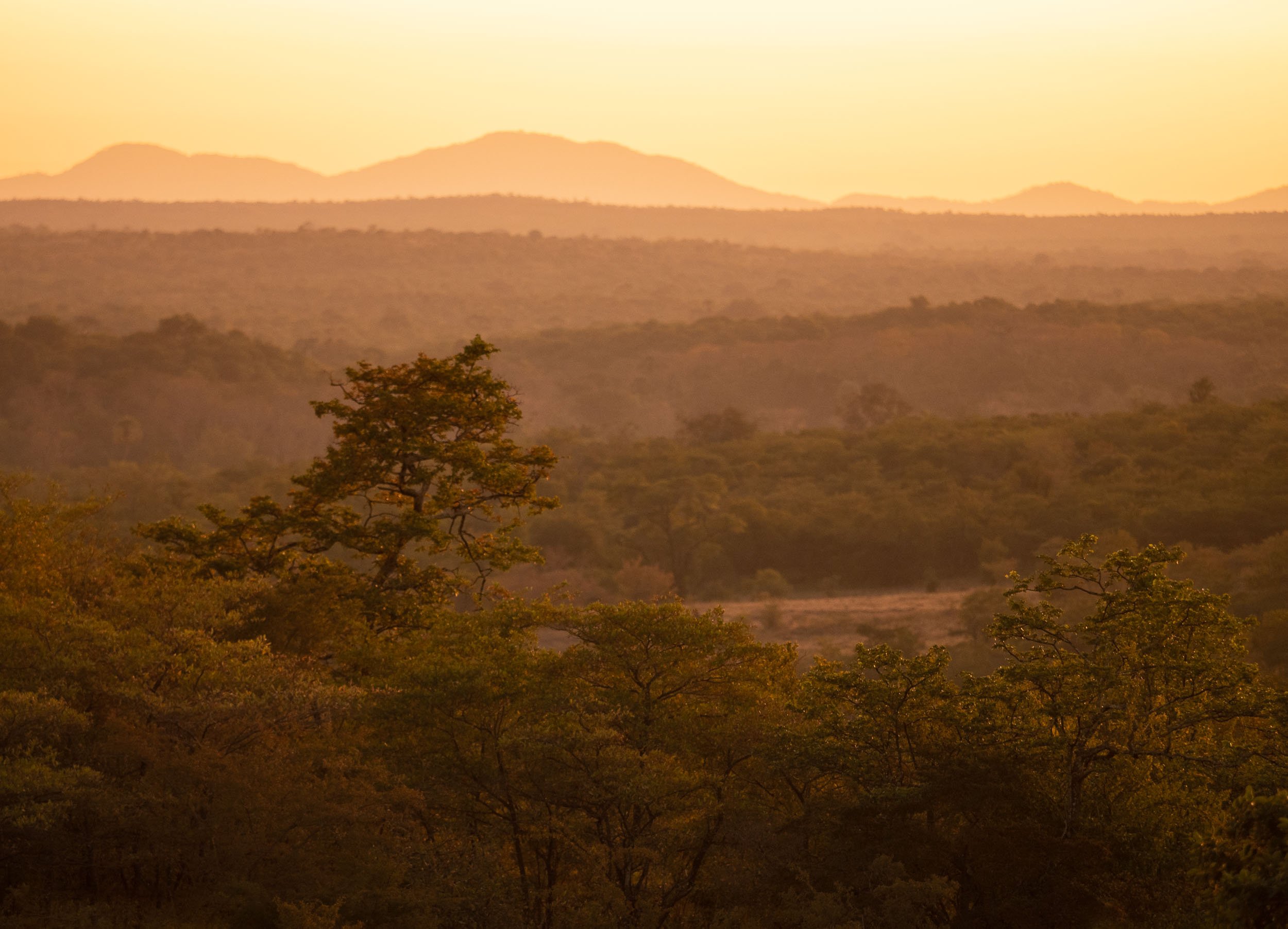
The Progression
After a very short night, we headed out into the bush in my guide’s trusty 1962 Land Rover, always on the lookout for elephants, buffalo, baboons, and lions, which roam in this area. Luckily, we only heard them in the distance, which made the experience all the more special, as the occasional roar accompanied the spectacle in the sky. The moon stood high as the eclipse started around 3:30am. It progressed until earth’s umbra covered the moon completely around 5:30am. This total eclipse continued until moonset, and at the same time the sun rose on the opposite side, casting an orange hue into the sky.
Below is a timeslice of this period, using 10 individual photographs.
The Phases
The four images below show the progression of earth’s shadow on the moon. The first three photos were exposed for the bright side of the moon, where the sunlight was still able to illuminate our celestial companion. The last image is exposed for the shadow side of the moon, which in fact starts to glow red due to a phenomenon called Rayleigh Scattering - any sunlight reaching the moon passes through earth’s atmosphere, which lets red light pass more easily than other colors in the spectrum.
A composite of 6 images and their corresponding timestamps.
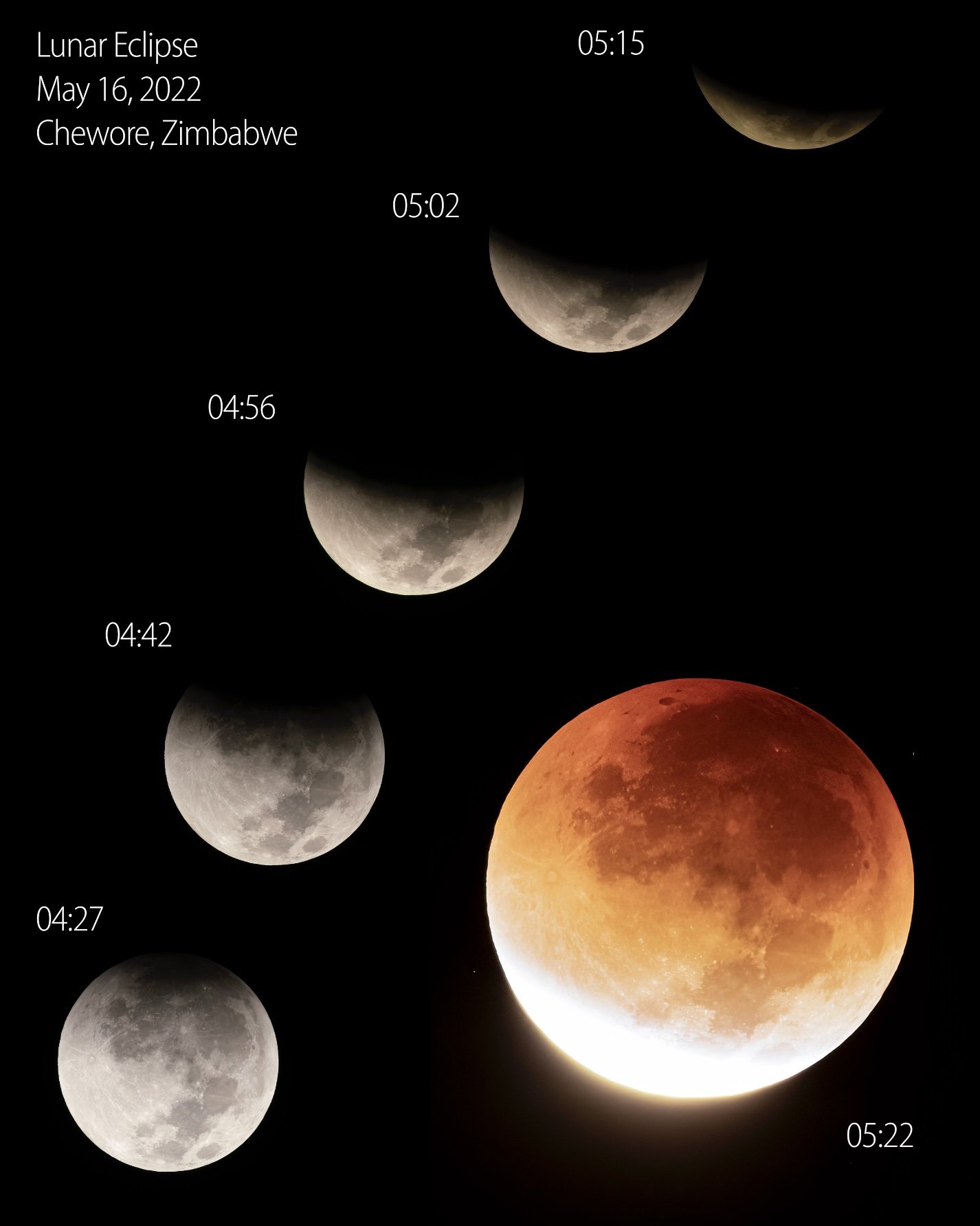
Totality
The full eclipse, as earth moved in between the sun and moon. If you look closely, you are able to observe some stars around the moon, visible as white dots. This is one of the only times you can photograph other celestial objects in the same exposure as the full moon, which normally shines much brighter than most stars and planets.
A Coincidence
Aside from close ups of the moon, I also had a camera set up for a wide angle view of the landscape. And good thing I did, because it captured this very special moment, combining the blood moon, a hint of the Milky Way as a white band, the colors of the African sunrise, and a meteor crossing the frame, all in one exposure. I love it when things come together, and this will probably be one of my all time favorite photos.
In Motion
Here’s a video of the entire spectacle, both from a wider view as well as a close up of the moon.
All the images shown here were shot with OM System Cameras, specifically an OM-1 and two E-M1 III. No tracker was used.
The Dubai Fog
One of the most elusive sights of cityscape photography is the infamous Dubai fog. It’s a yearly occurrence, usually from November to February, but often limited to a handful of days during this time.
One of the most elusive sights of cityscape photography is the infamous Dubai fog. It’s a yearly occurrence, usually from November to February, but often limited to a handful of days during this time. Predicting it is a gamble of combining various forecast websites and tools, comparing dew points, humidity and temperature forecasts, and even then you need to hope for a little bit of luck.
On top of that, you need to secure a location to shoot from. While some people live in high rise towers above the 40th floor with great views, the rest of us will struggle to get permits, ask hotels, check with friends, and convince security guards. The unpredictable nature of the fog makes that even harder - sometimes it is so patchy that a building 5km left or right will be floating above the clouds while you have a clear view of the ground.
If you do manage to get everything right, the rewards are spectacular. I’ve been able to shoot the fog five or six times this winter, and will certainly never get enough of it. To me, not other city can top the combination of Dubai’s amazing skyline (in fact, there are more than one skylines) with the feeling of floating above the clouds.
Contact me if you’d like to purchase prints of the photos in this post.
The Great Conjunction - Jupiter and Saturn passing Burj Khalifa
On December 21st 2020 something very rare is happening: The largest planets in our solar system, Jupiter and Saturn, will be at their closest observable in 800 years.
On December 21st 2020 something very rare is happening: The largest planets in our solar system, Jupiter and Saturn, will be at their closest observable in 800 years. This event, dubbed the “Great Conjunction”, happens regularly, but the planets have not been this close and at the same time visible from the earth since then.
I set out to try and capture this event in a different perspective 2 days before the date, where the planets were already incredibly close. The goal was to photograph them passing the world’s tallest building Burj Khalifa, in Dubai.
It was a cloudy evening but due to travels this was my only chance, and luckily some gaps in the sky enabled me to capture the videos and photos below. This was truly one of the most mind-blowing things I’ve ever seen through my camera’s viewfinder.
Enjoy.
The iPhone X and the Maldives Underwater World
A week of relaxing in the Maldives with some snorkeling and the iPhone X resulted in the shots below - took the phone under water without a case, around 1-2m deep.
A week of relaxing in the Maldives with some snorkeling and the iPhone X resulted in the shots below - took the phone under water without a case, around 1-2m deep. These photos were taken at Jumeirah Vittaveli.





